What Hokkaido taught me about hospitality

Let me cut to the chase and say that Japan is one of the more challenging places I've booked lodging in. Japan is known for being an expensive country and thus that desired combination of affordability and intentional, sophisticated design is elusive. Where you'd expect clean lines, natural textures, and minimalism, you'll more often find the interior design of hotels and guesthouses to reflect the compact, pastel plastic aesthetic of the 90s. At least in Tokyo the density of Airbnbs has been able to fill the gap, but the farther out you travel in Japan, the slimmer the pickings.
Enter Hokkaido, which is pretty far out. It's Japan's northernmost island and quite remote. Tourism hasn't quite hit it big yet the way it has other parts of the country. I'll write more about why we decided to visit Hokkaido later but for now just know that outside of Sapporo, the island's biggest city, the boutique hotel game is non-existent. You'll be hard-pressed to find trendy, modern design staples like gold accents and mid-century modern furniture but in their absence you may find something better: authenticity, warmth, and charm.
During our week-long road trip across Hokkaido we stayed at eight different guesthouses, hostels, and hotels. Though they varied in size, they were consistent in their incredible hospitality. Friendly hosts who make you feel less like a traveler and more like an old friend who's come home. Sleeping in their beds I simply felt safe, surrounded by this comforting, familial feeling. It took me back to the times as a kid I'd visited extended family— the way a grandmother or aunt would have prepared a humble but cozy room just for you and then sit you down at the dining table to lavish you with a home-cooked meal. It was a pleasant reminder that when you strip away the interior design and get back to basics, what truly makes a "great place to stay" is the host, and the way people take care of one another.
Thank you, Hokkaido, for the meals and the memories. For the way you welcomed us home each night and saw us off on our journey each morning.
I've included a mini-review of each of the eight places we stayed during our road trip. I hope that should you ever find yourself in Hokkaido, this guide will help you find a safe and special place to lay down your head at night.
Hakodate
Pension Jokura $90/Night
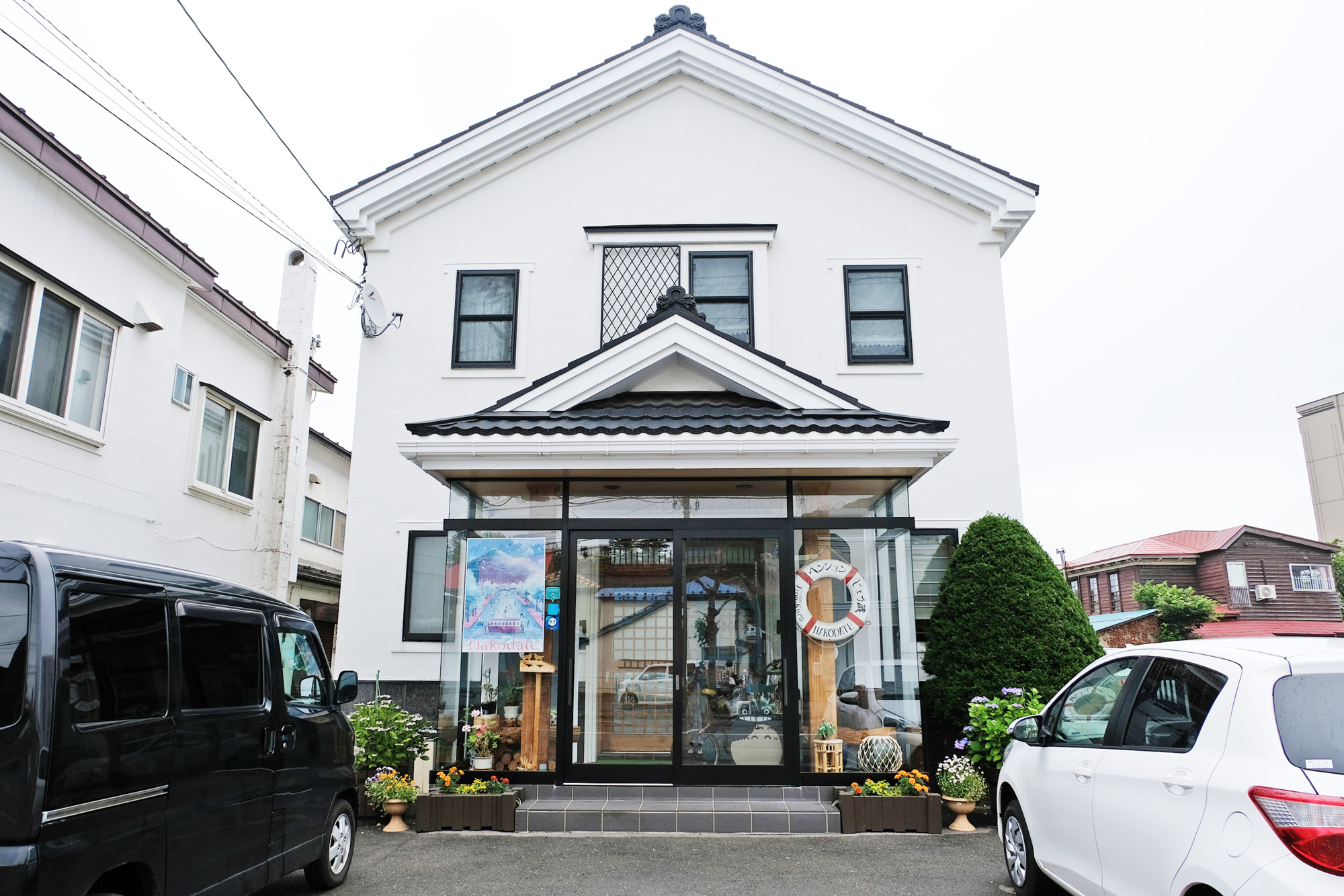
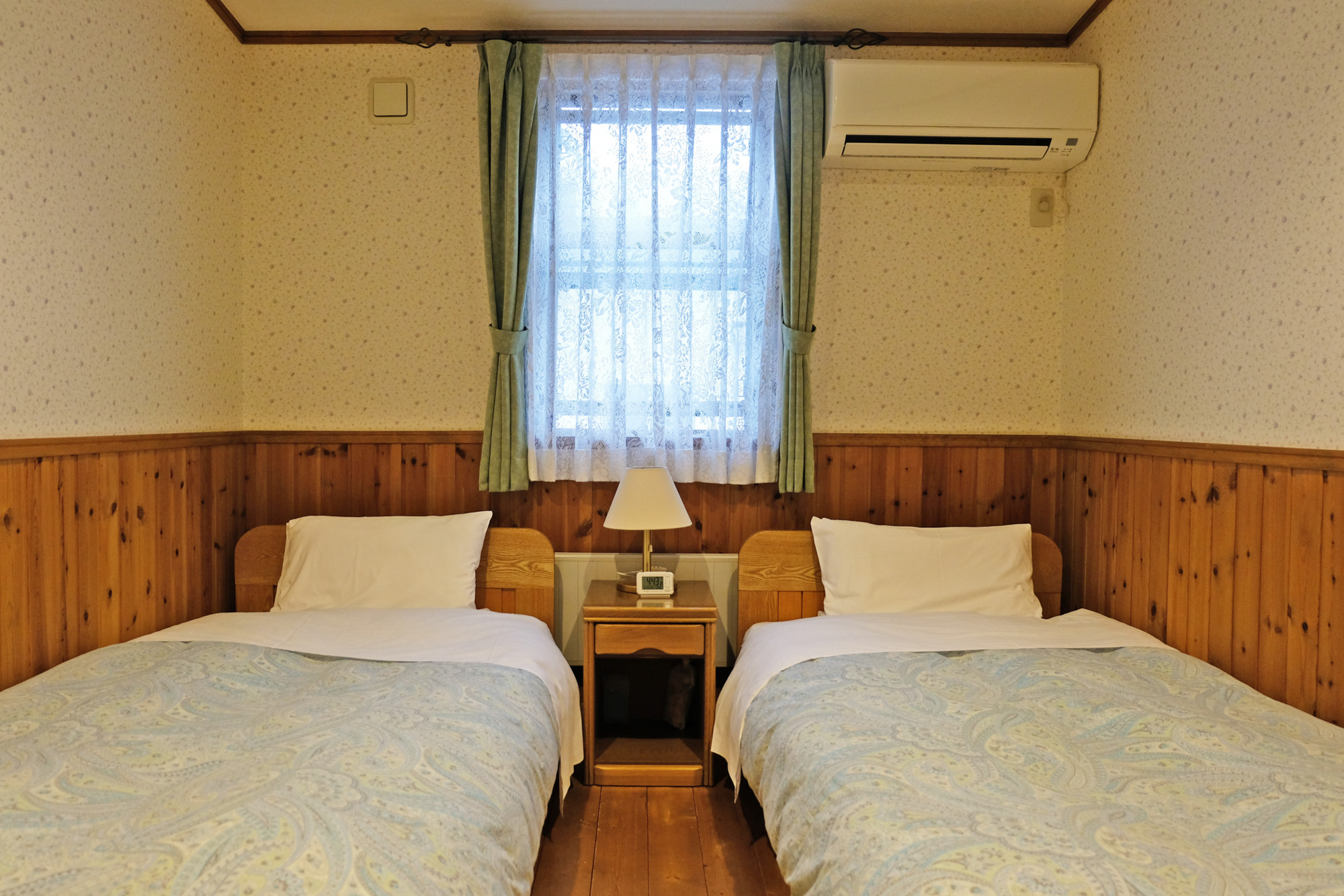
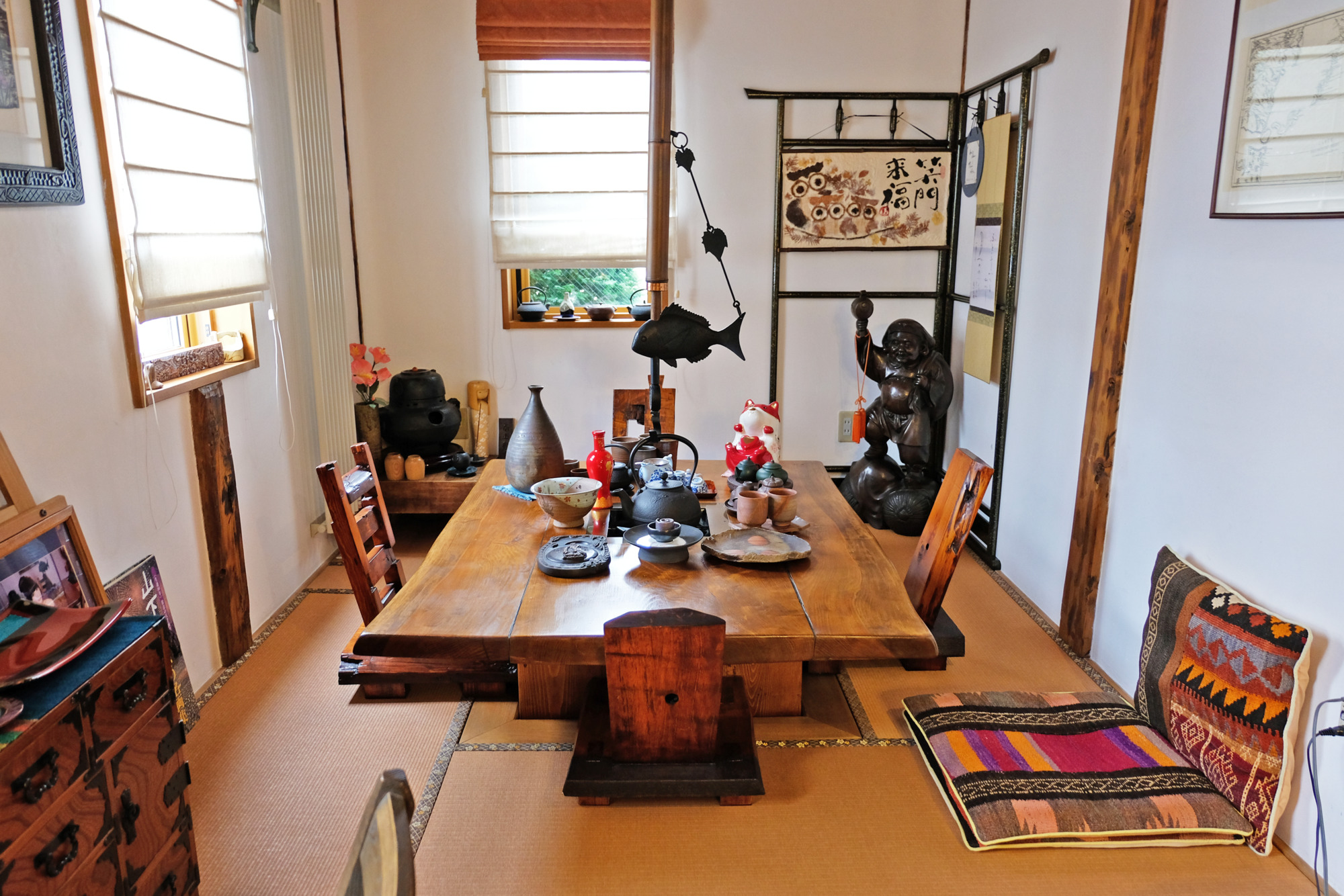
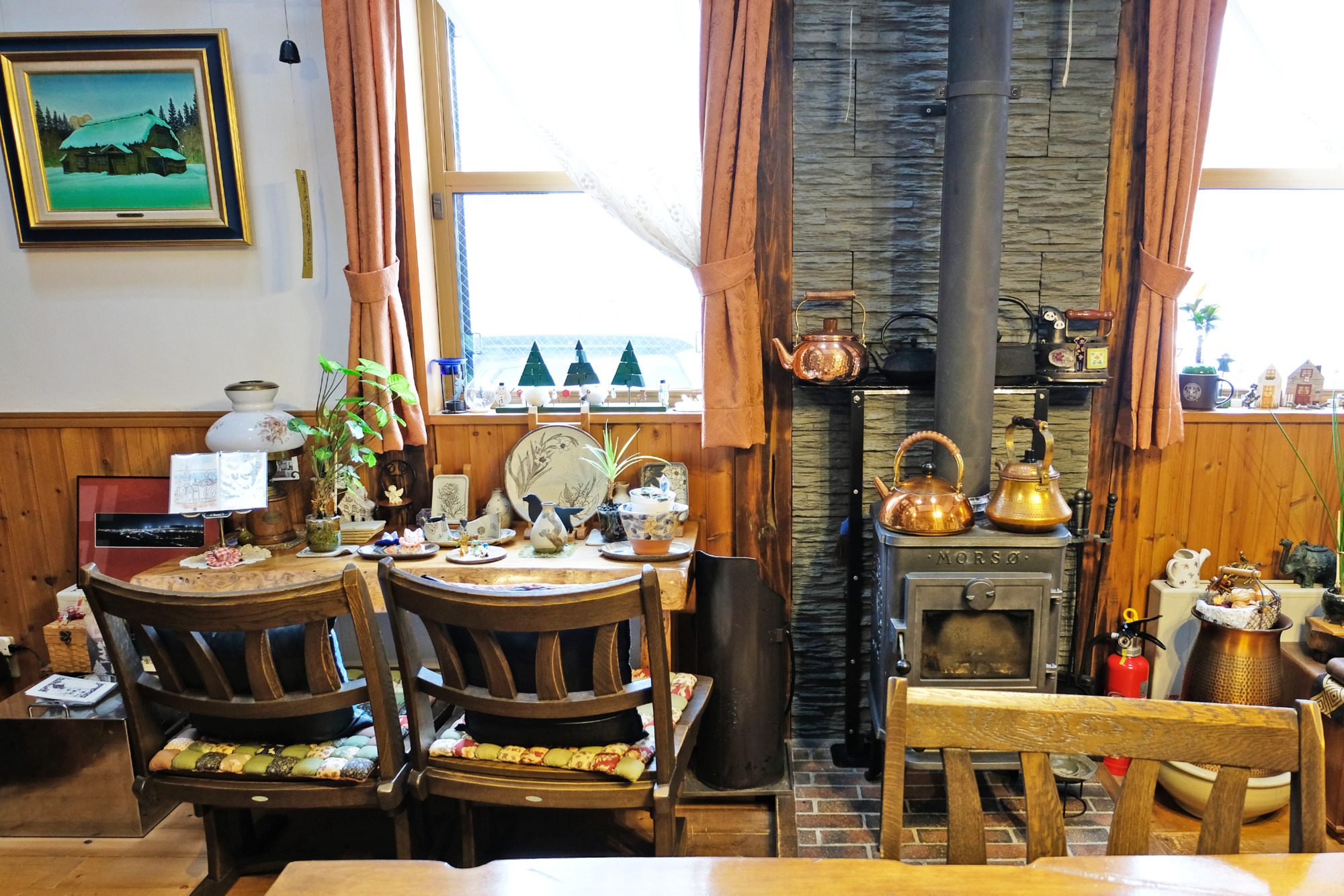
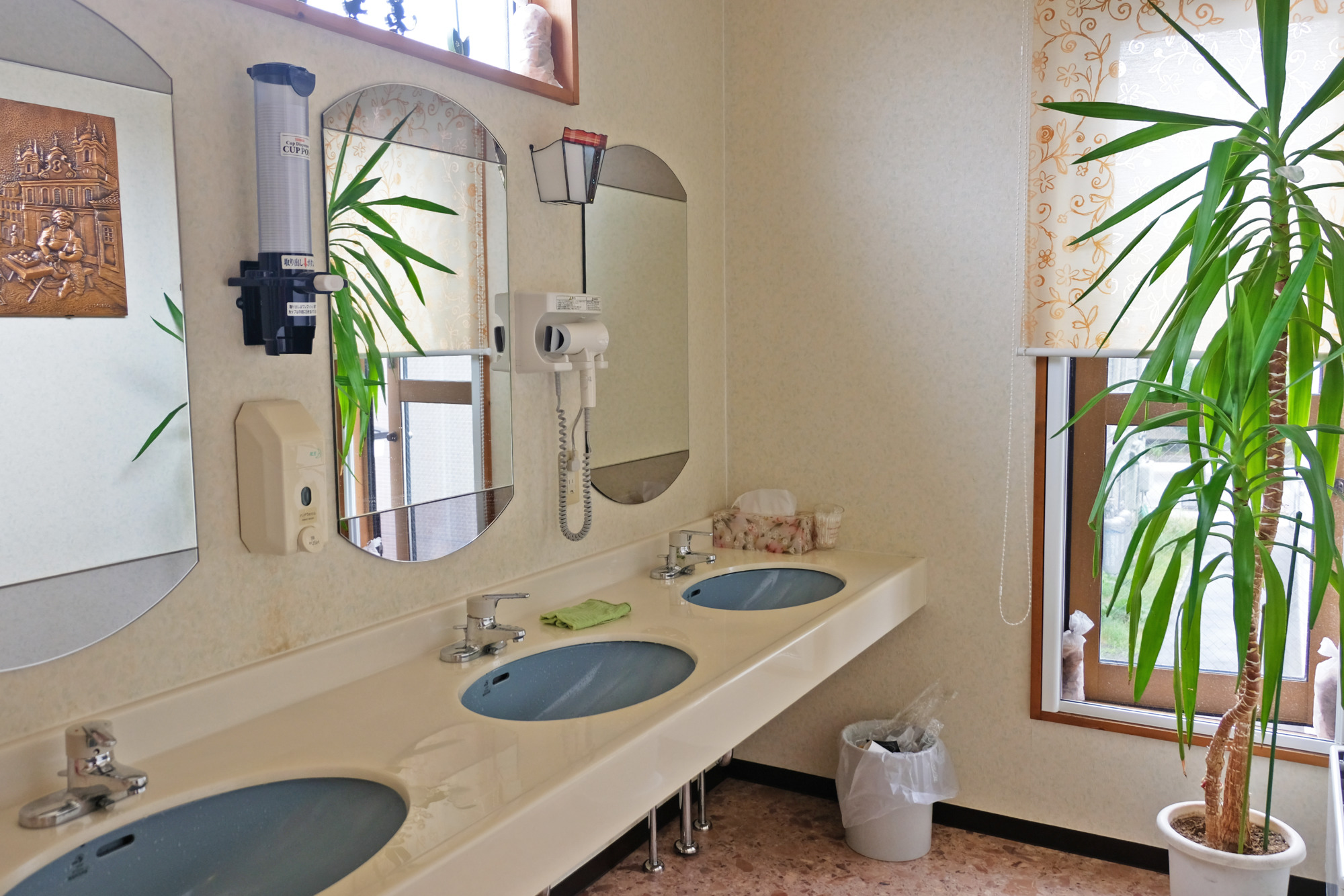
Pensions, which are quite popular in Japan, are simply another name for a guesthouse and offer meals in addition to room and board. Pension Jokura was the first place we stayed in Hokkaido and such a wonderful introduction to the warm, cozy style of hospitality we’d find all over the island. The interior is filled with the kind of whimsical details that any Ghibli fan would appreciate. We stayed in a private western style room with two twin beds, and never had any issue with timing or access to the pristine shared bathroom and showers during our one night stay. We opted not to purchase breakfast at the pension the following morning so we could check out the city’s famous morning seafood market instead. The pension is run by a retirement-age couple— it was the husband’s longtime dream, although we never actually met him. We did meet the wife and their adorable mini poodle, who was one of the friendliest hosts we had the pleasure of staying with in Hokkaido.
Guest rooms at Pension Jokura are located on the second floor, accessible only by stairs.
Small Town Hostel $92/Night
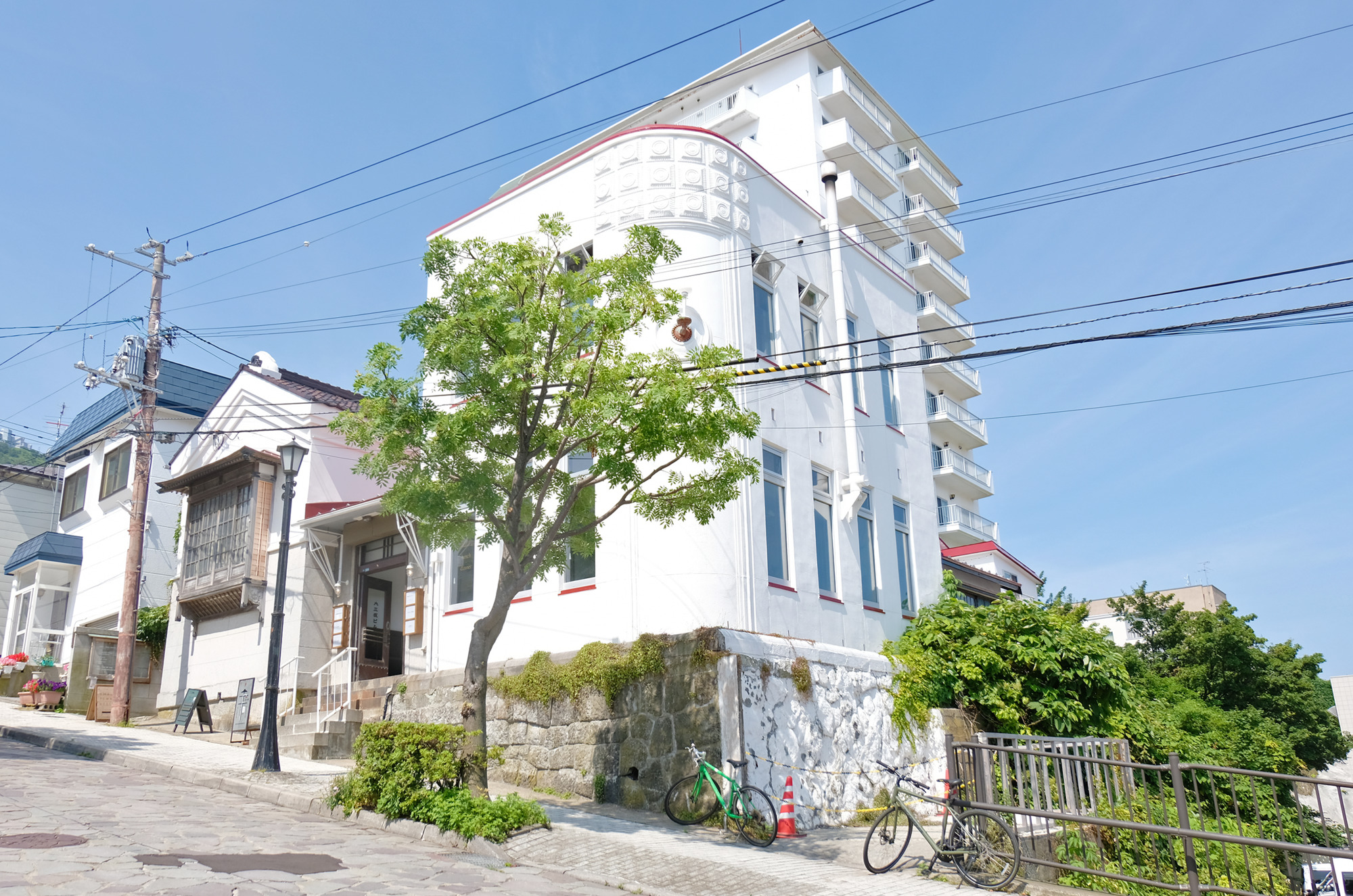
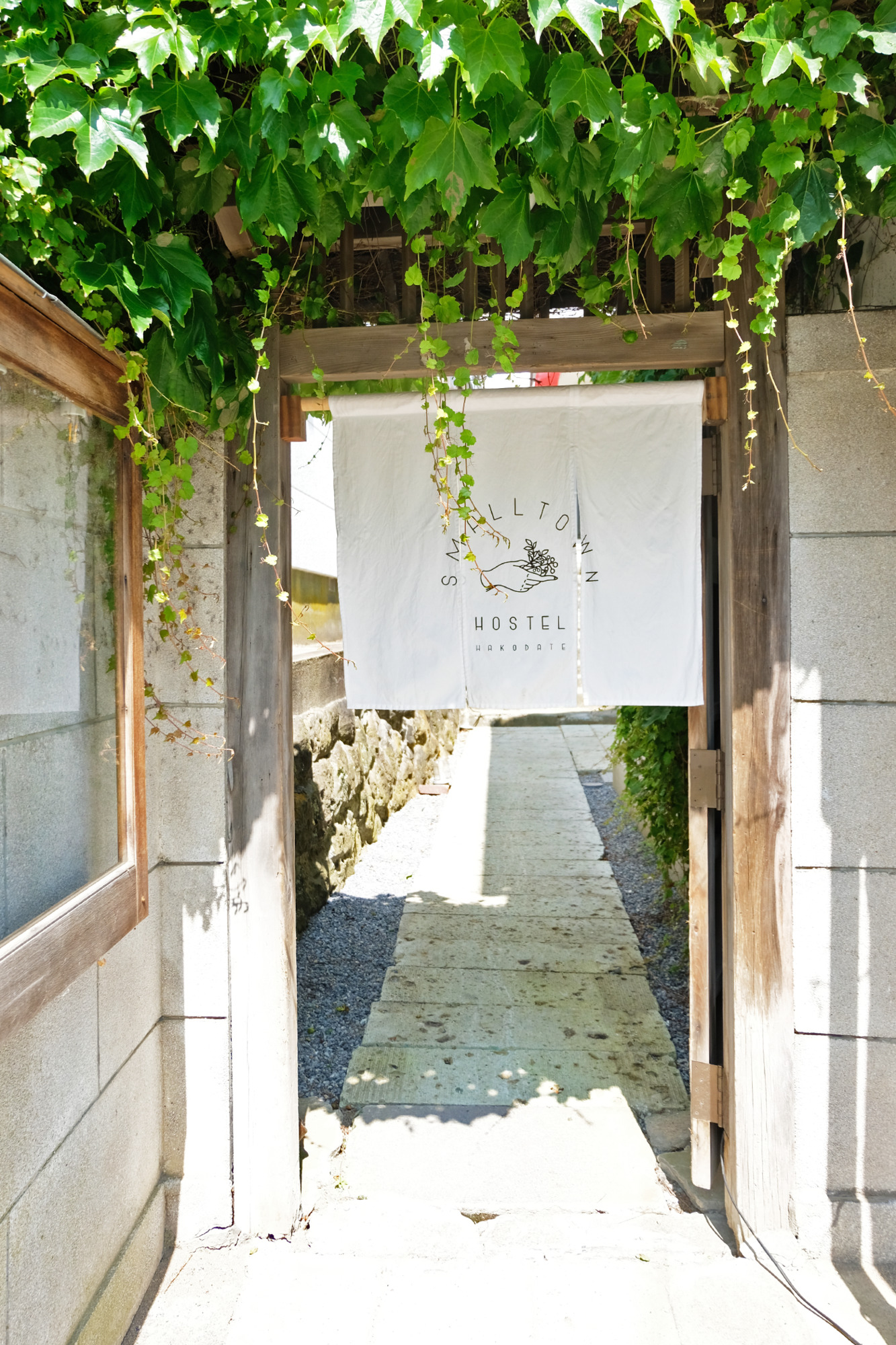
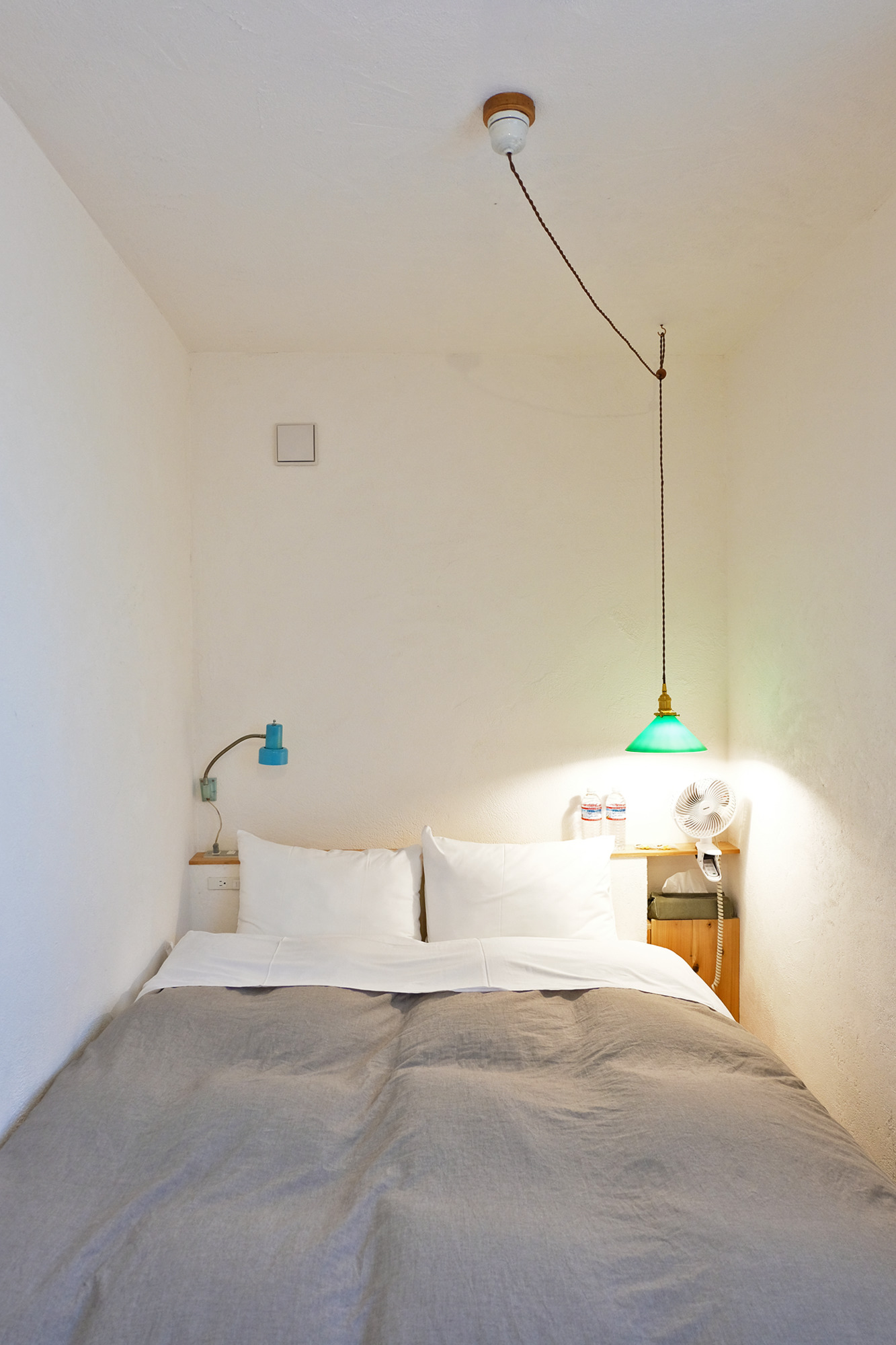
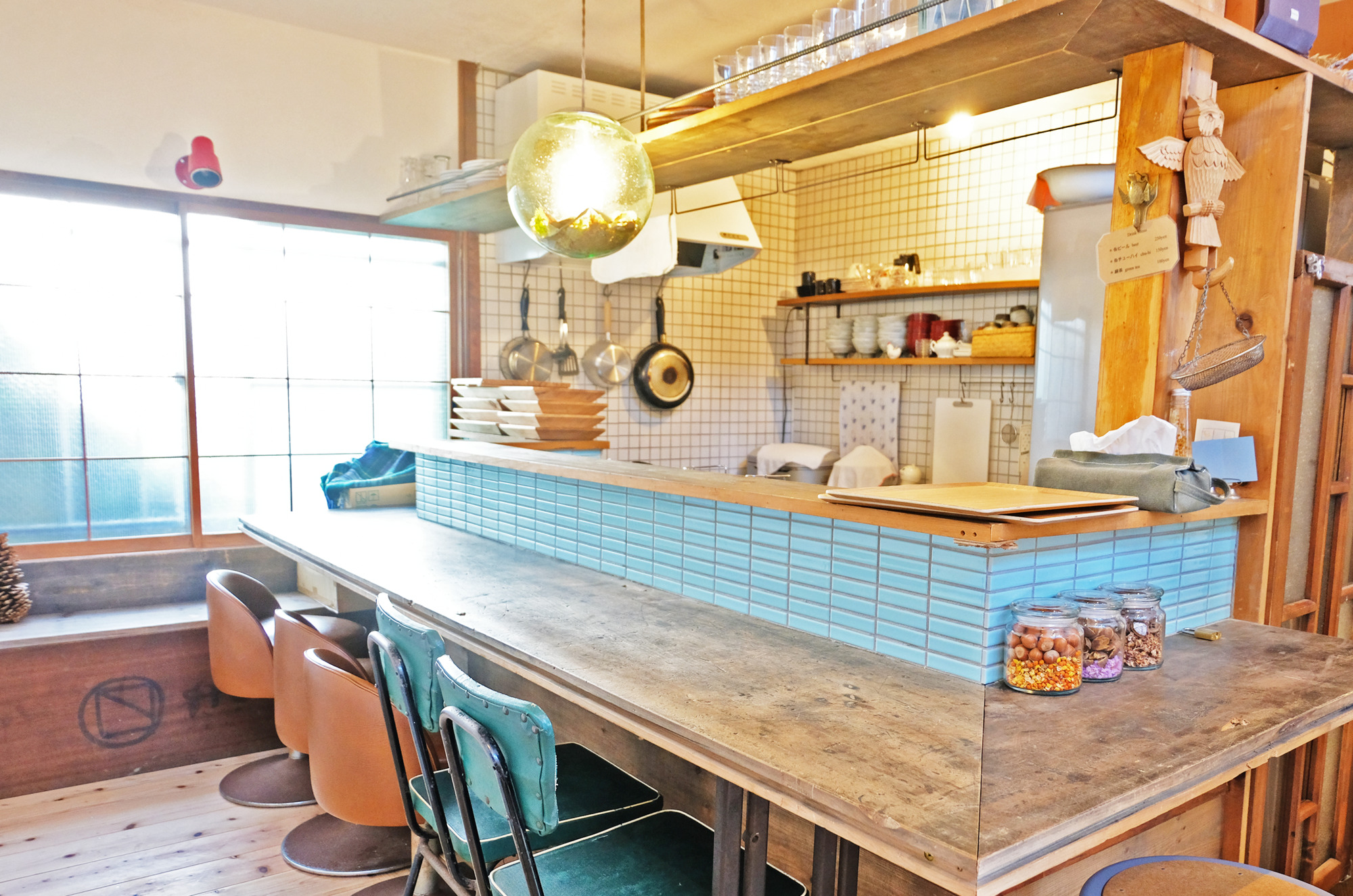
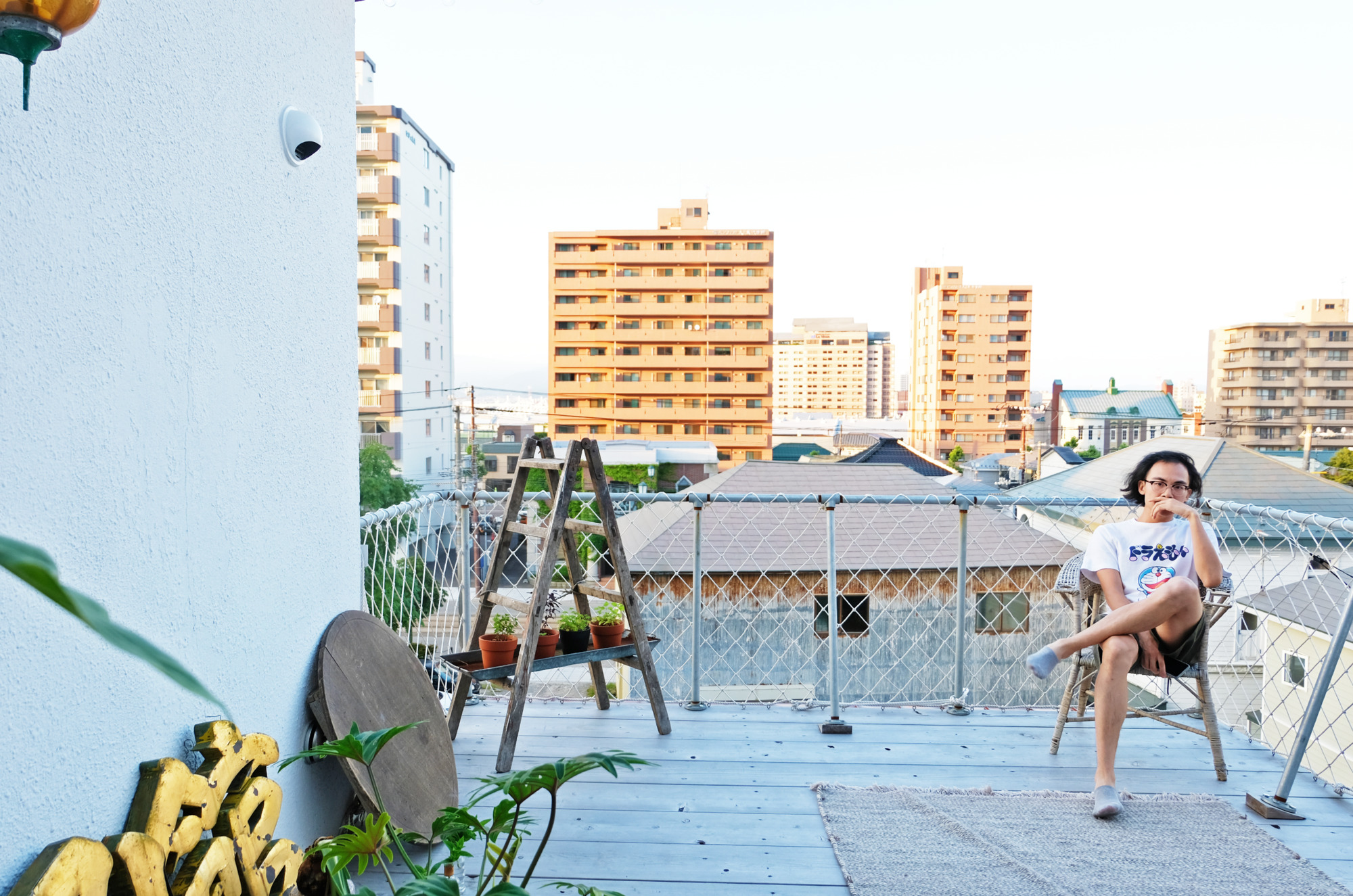
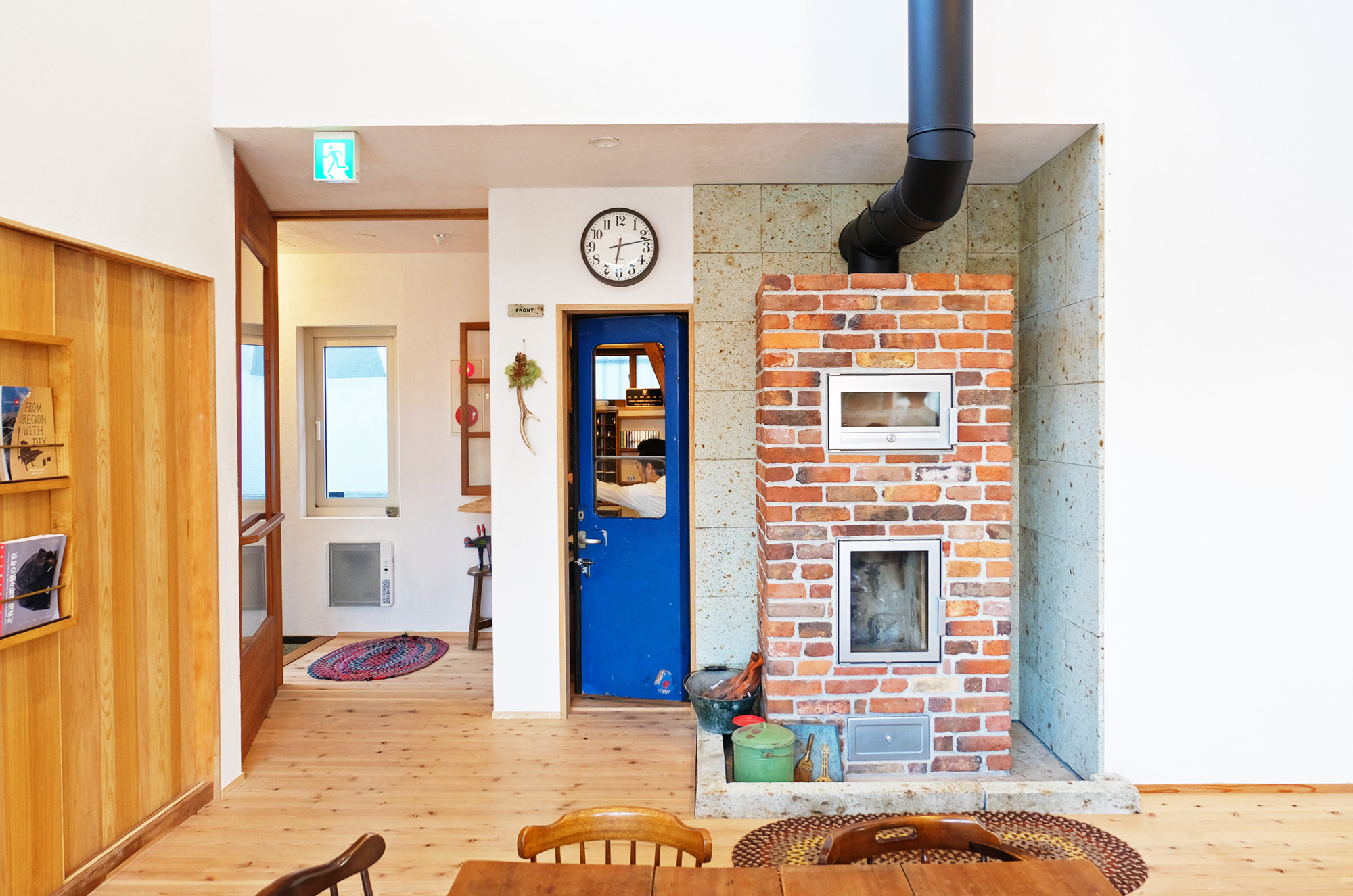
We stayed at Small Town Hostel on our last night in Hokkaido, in which we returned to Hakodate to return our rental car and catch our return flight back to Tokyo. As soon as we pulled up outside I was smitten by the vintage exterior and even more charmed by the building’s well designed interior— including the tiny kitchen of my dreams. We stayed in a private room with a double bed which was quite small and cozy, but okay for us for a night stay considering the spacious common areas we had access to. We had dinner in the restaurant which shares a building with the hostel, a Brooklyn-themed haunt with an eerily accurate recreation of New York classics like a burger and chicken n’ rice dish.
Access to Small Town Hostel requires ascending a short flight of steps.
Sapporo
Unwind Hotel $172/Night
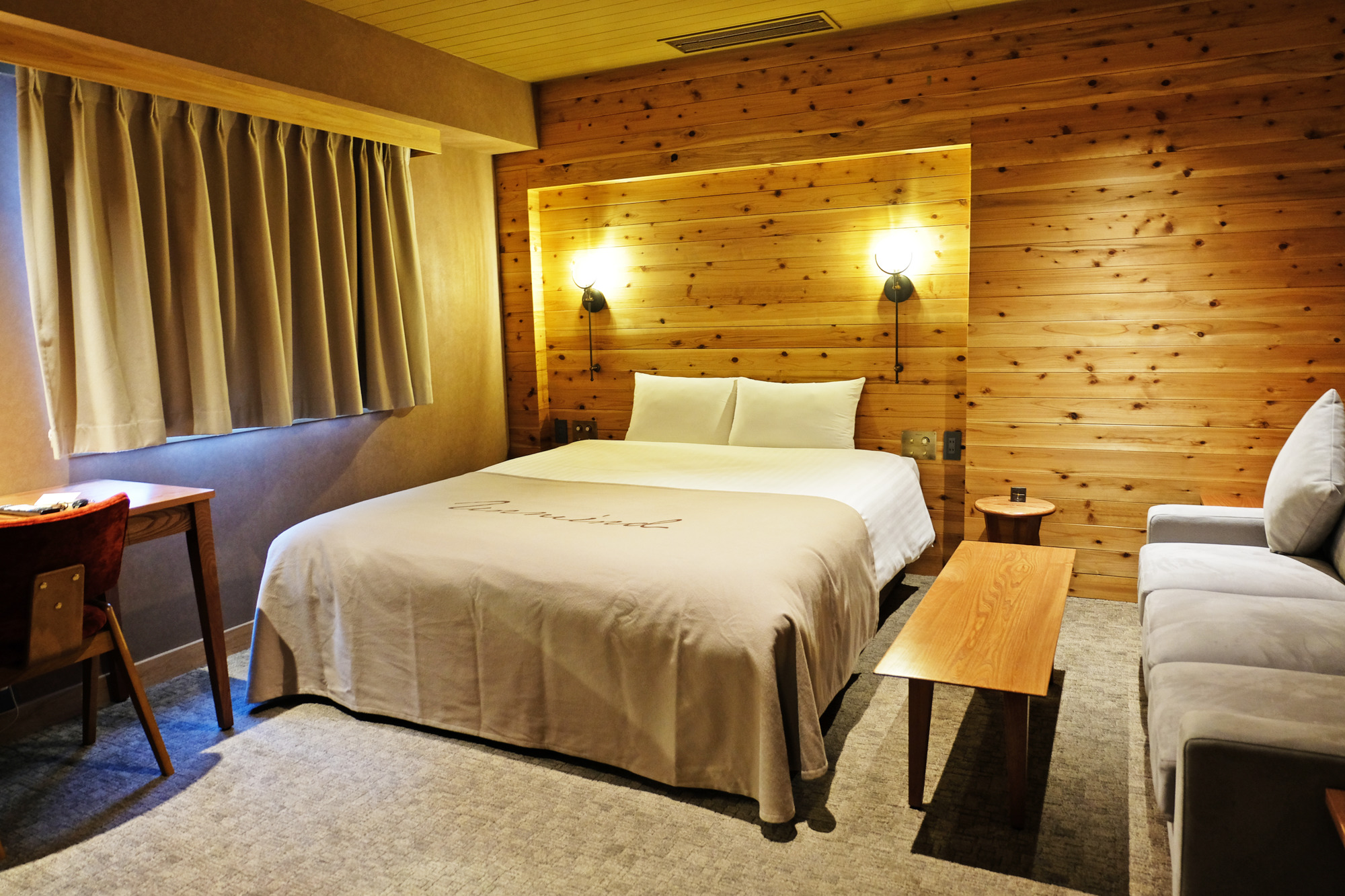
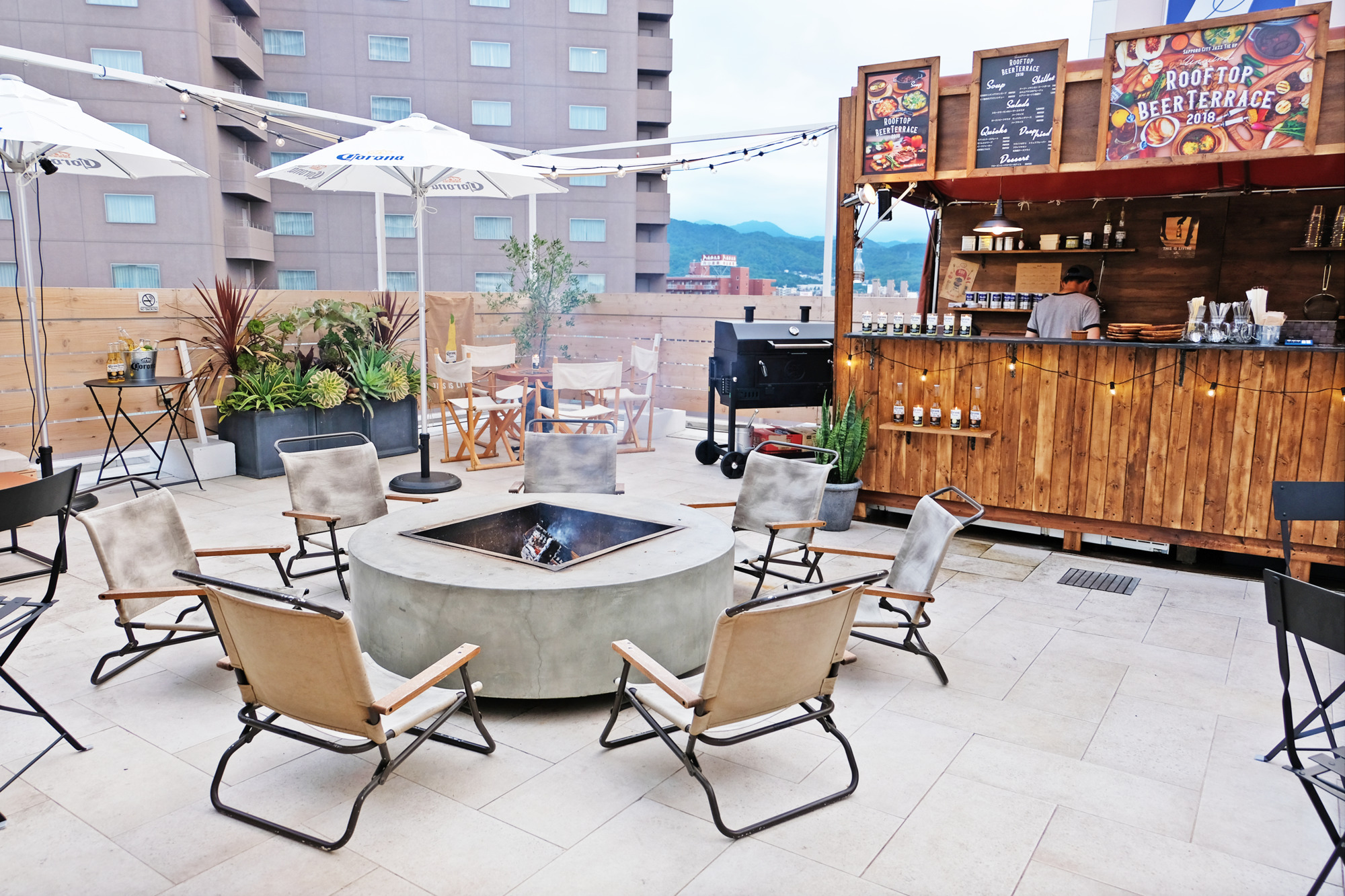
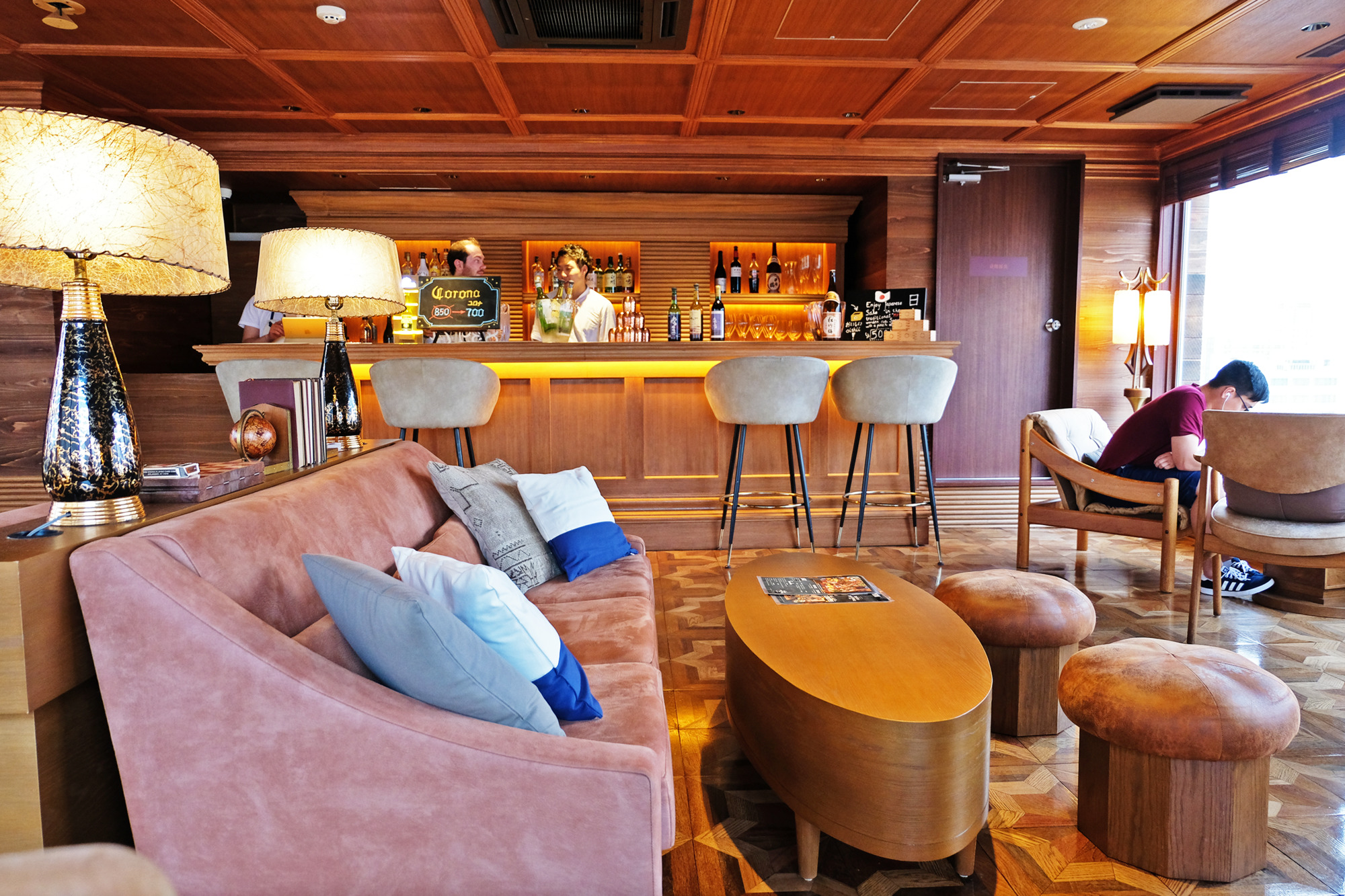


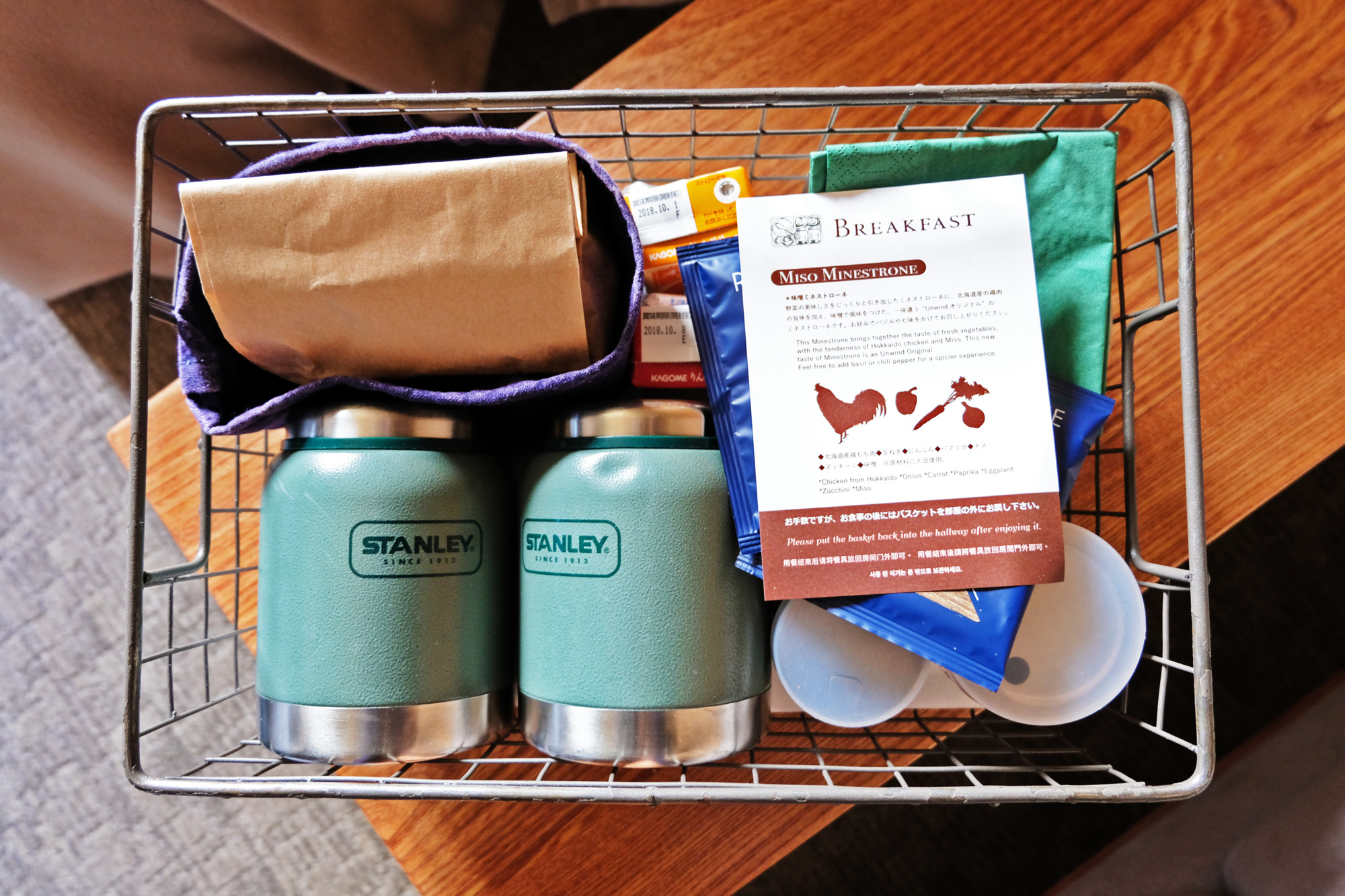
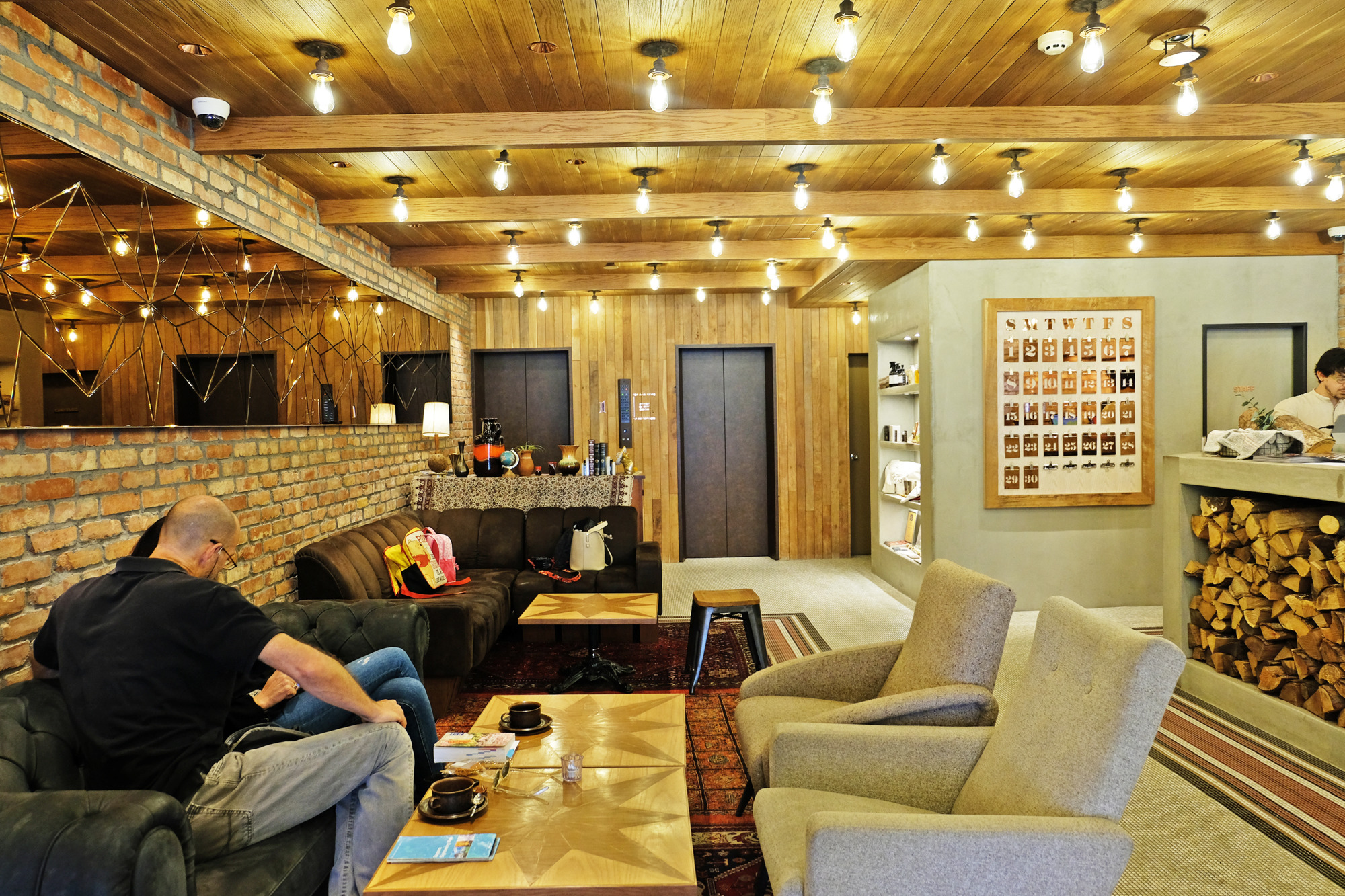
Unwind Hotel was one of our two splurges of the trip, and the only true hotel we stayed at. However, in a city like Sapporo— Hokkaido’s largest— you take advantage of the variety in lodging and range of options when you can. Unwind markets itself as a lodge-style hotel and thus you’ll find cozy, camping themed amenities laced throughout your experience there. There’s the firepit on the rooftop, the bar with a complimentary wine happy hour, free pajamas for use during your stay, and the highlight— a breakfast-in-bed basket delivered to your room in adorable Stanley thermos jugs. I can only imagine how magical this place feels in the actual winter season. We were also pleasantly surprised to learn that Unwind is owned and operated by Japanese hospitality company, Global Agents, the team behind two of the hotels we stayed at in Tokyo.
Unwind Hotel has step-free access and elevators.
Furano
Furano Hostel $31/Person/Night
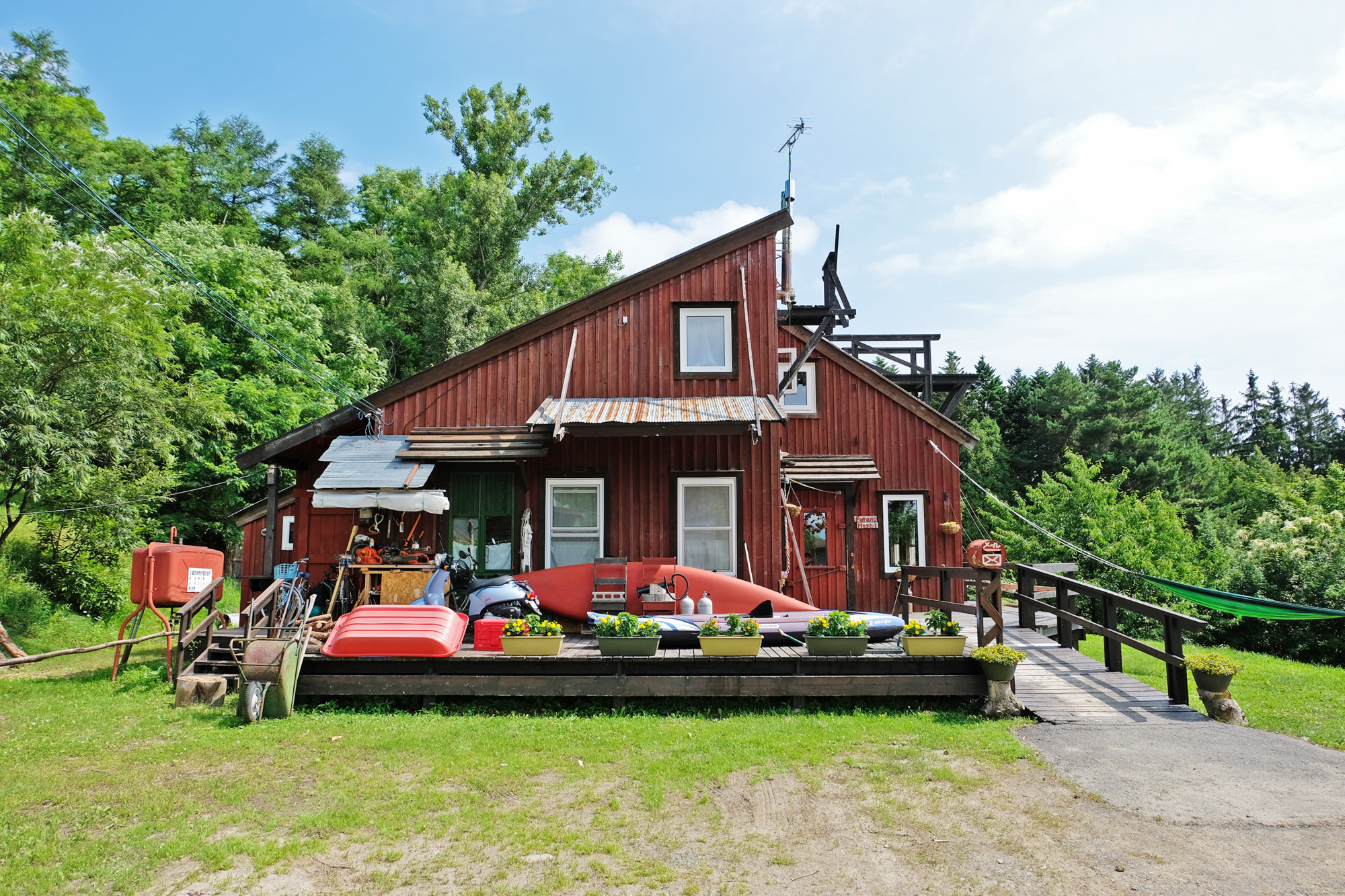
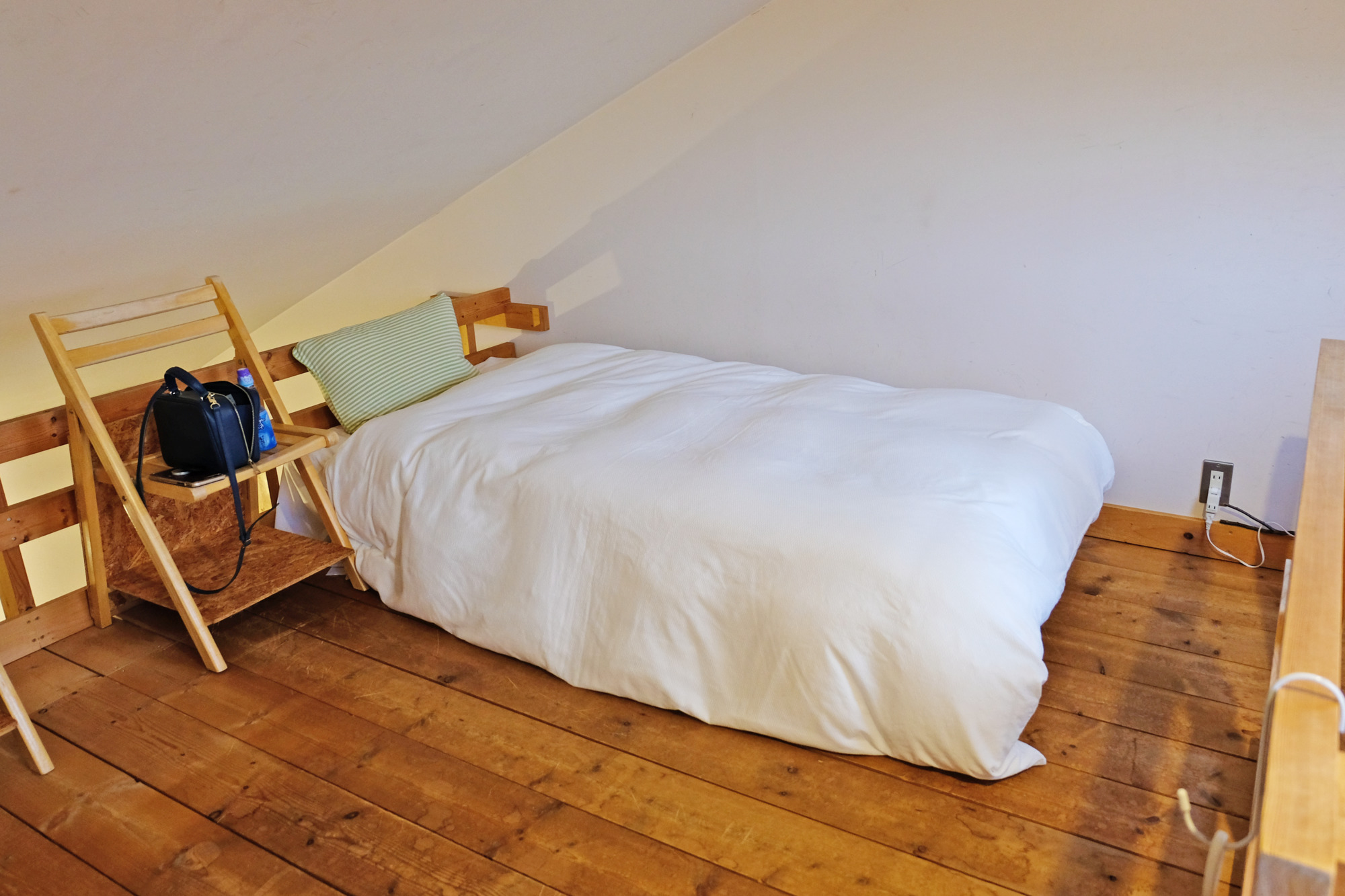
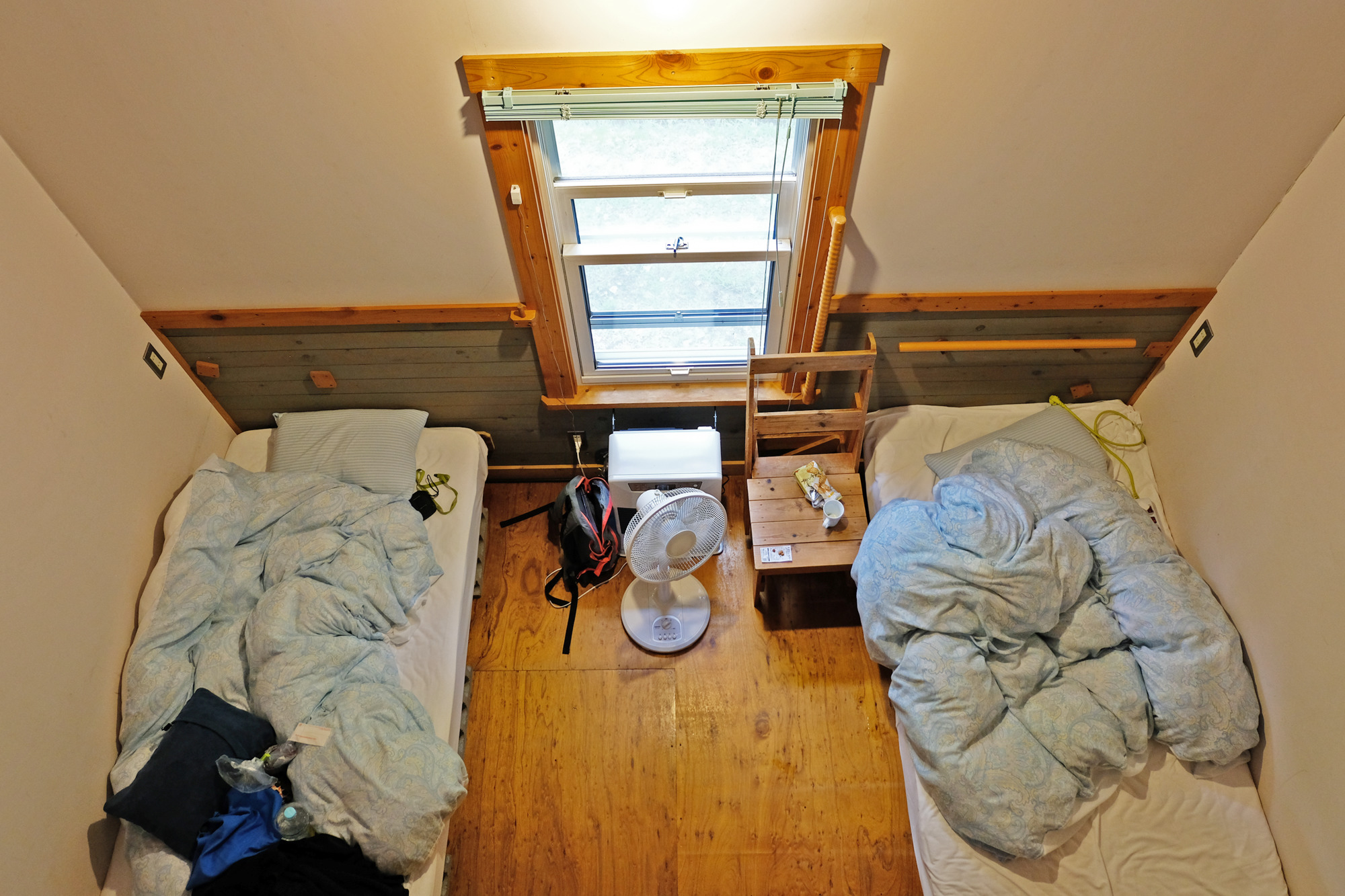
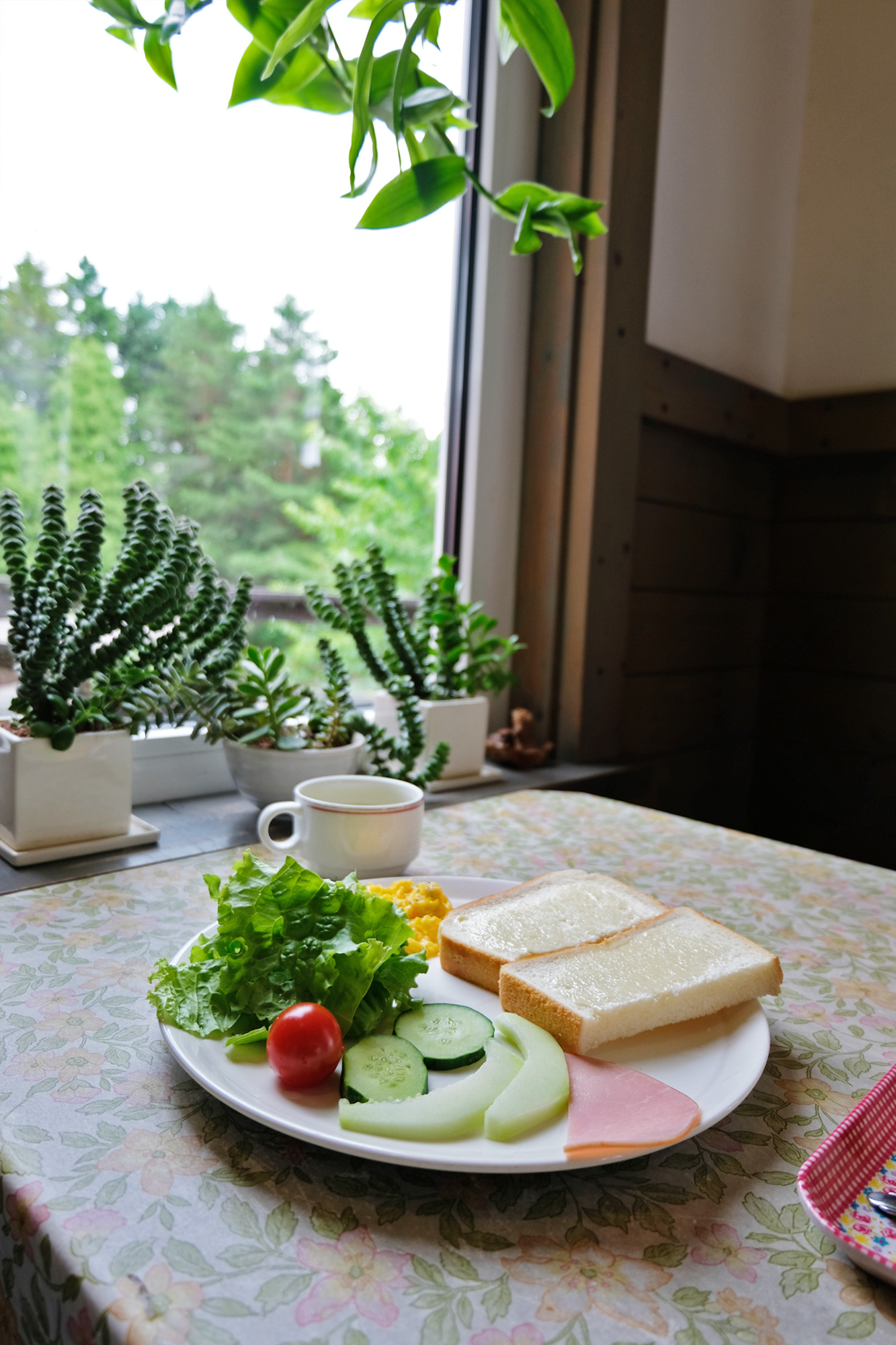
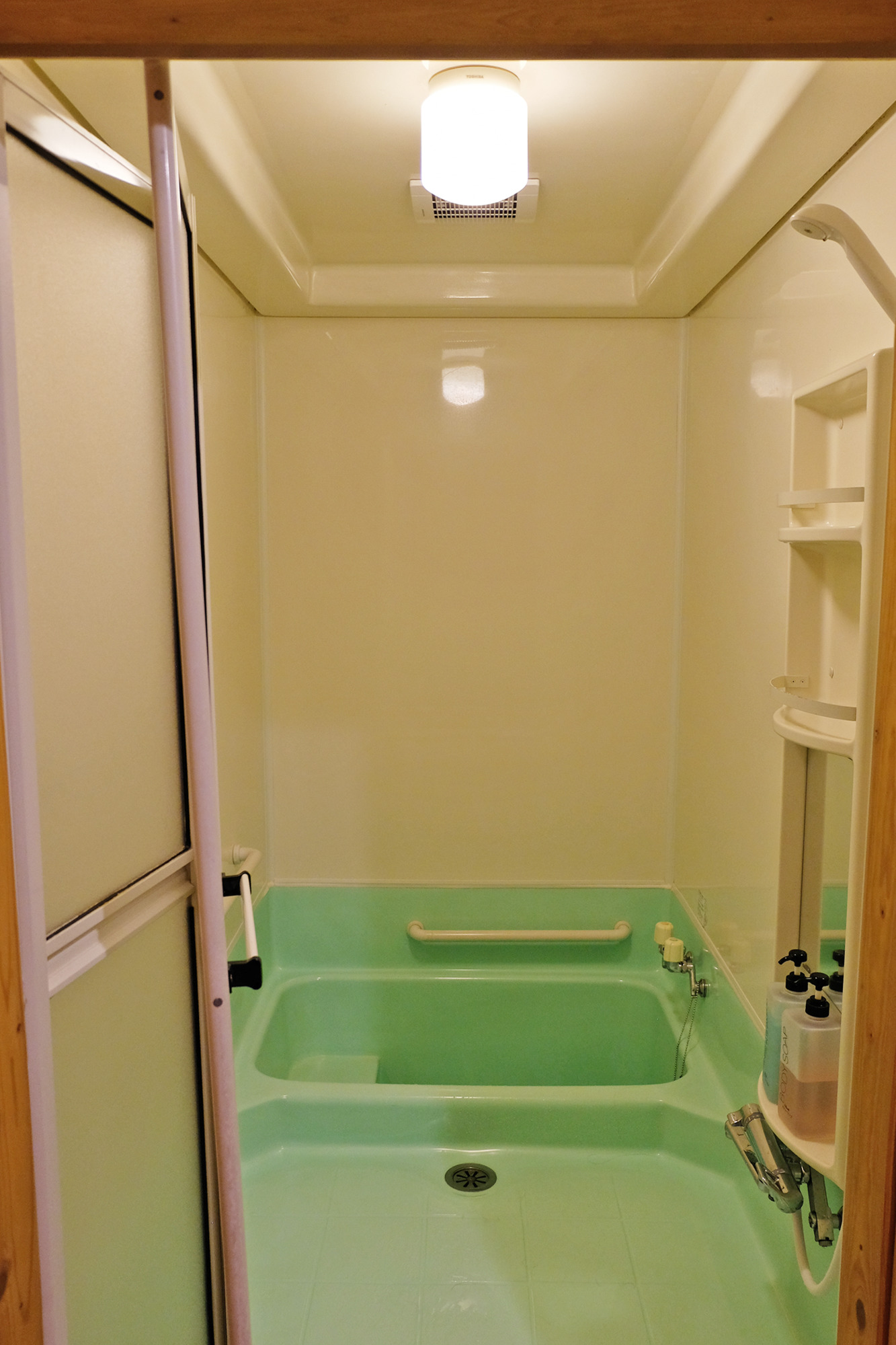

Furano in the summer season stands out as the island’s most packed little town. The respite you’ll feel from crowds of tourists across the rest of Hokkaido comes to an end as you make your way to view the world-famous flower fields and taste those sweet Nakafurano melons. Naturally, as a result of the high season lodging in the area is notoriously expensive and books up several months in advance. But if you’re lucky you can score a coveted spot at Furano Hostel. The iconic red building was handmade and operated by an older couple. The space has relaxing outdoor spaces, accessible bathrooms, and the shared hostel rooms only accommodate four people each so you don’t need to worry about being packed in. You also won’t find the stereotypical party hostel crowd here, but a mix of solo-travellers, couples, and multi-generational families who are all respectful of one another’s privacy. In the morning we had an unassuming yet delicious breakfast sandwich before setting off for our next destination.
Furano Hostel is very accessible with a paved, step-free entrance, wide doorways, ground floor beds, and an accessible bathrooms.
Asahikawa
Mimatsuso Ryokan $102/Night
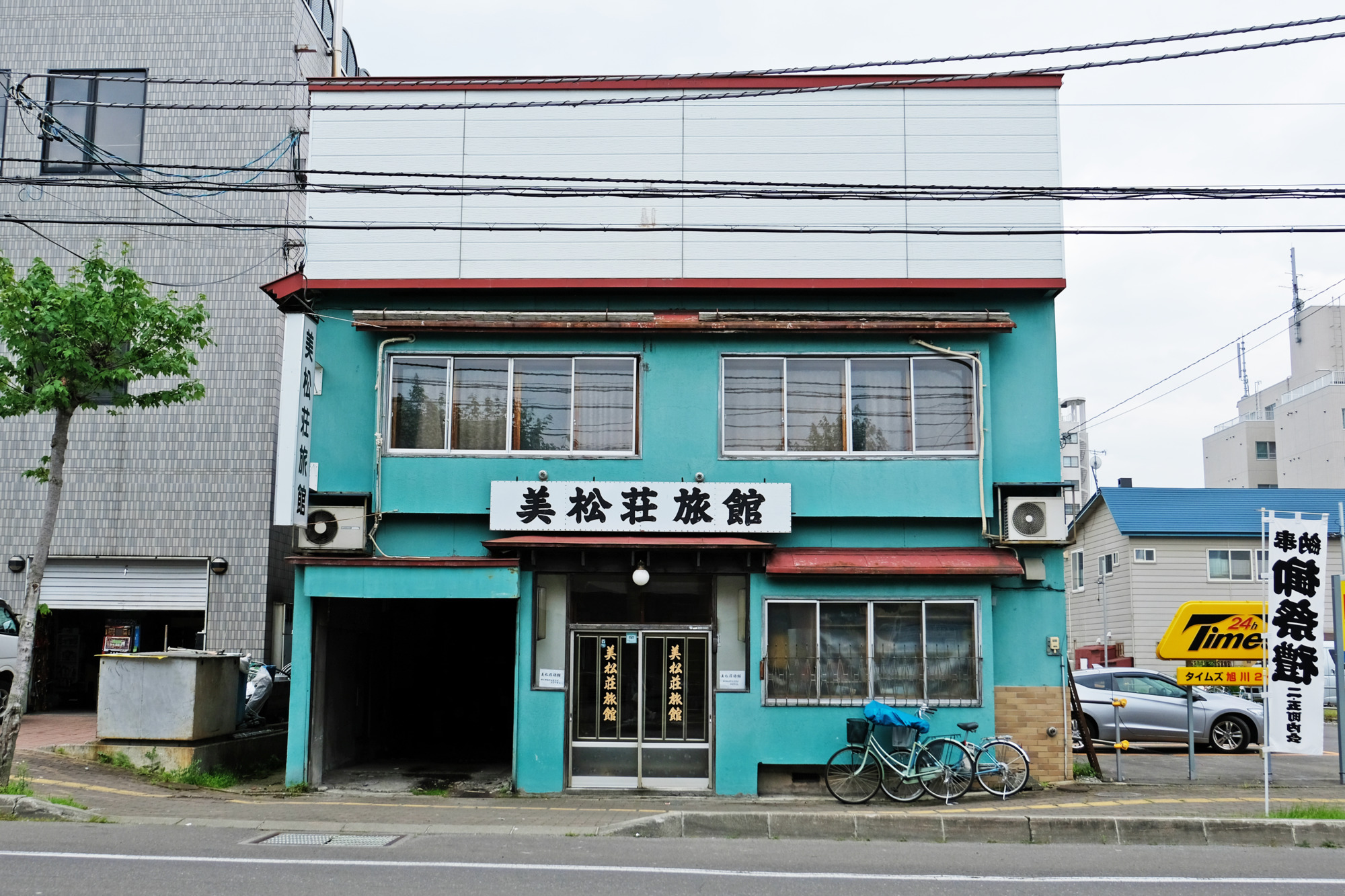
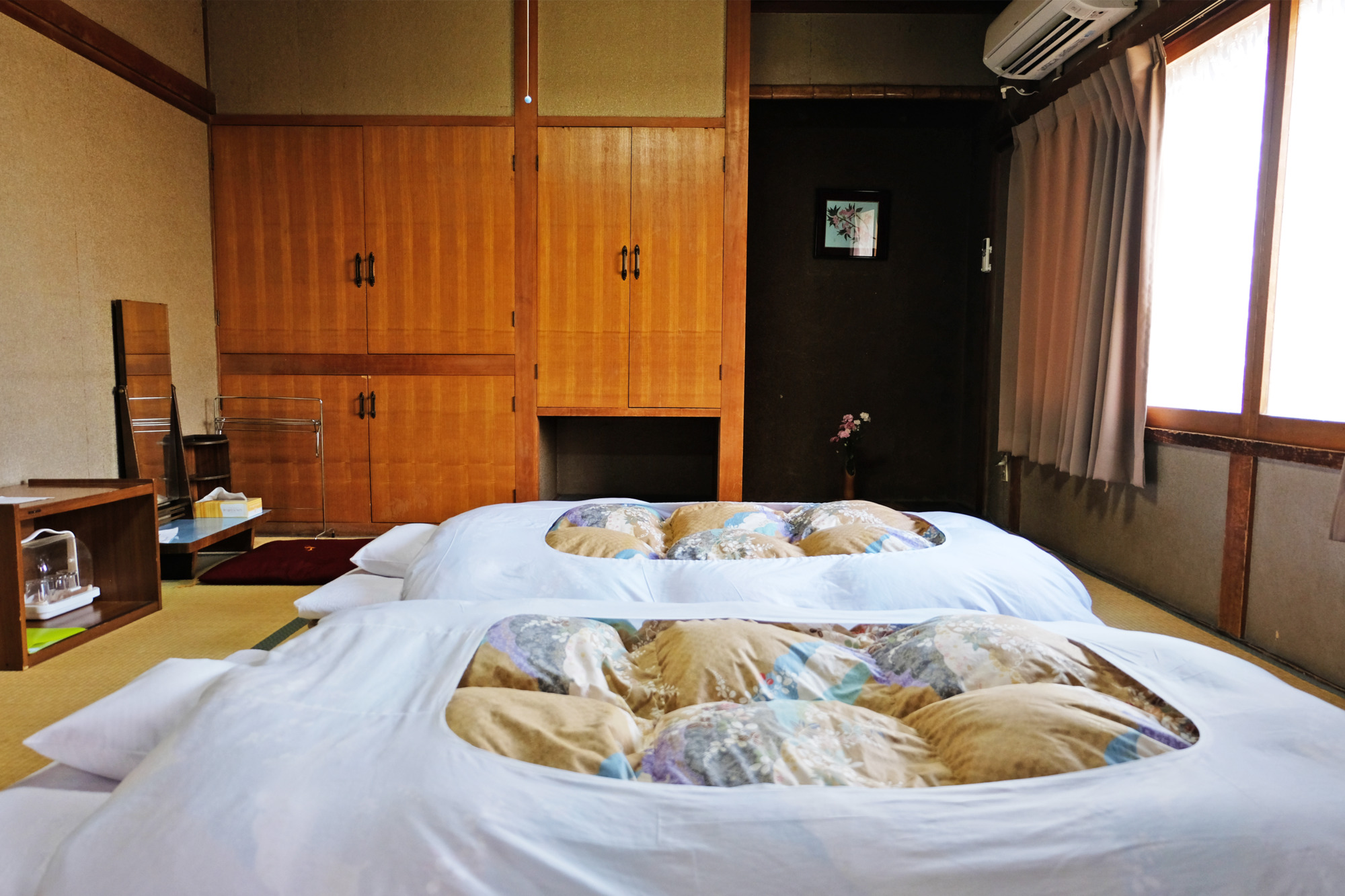
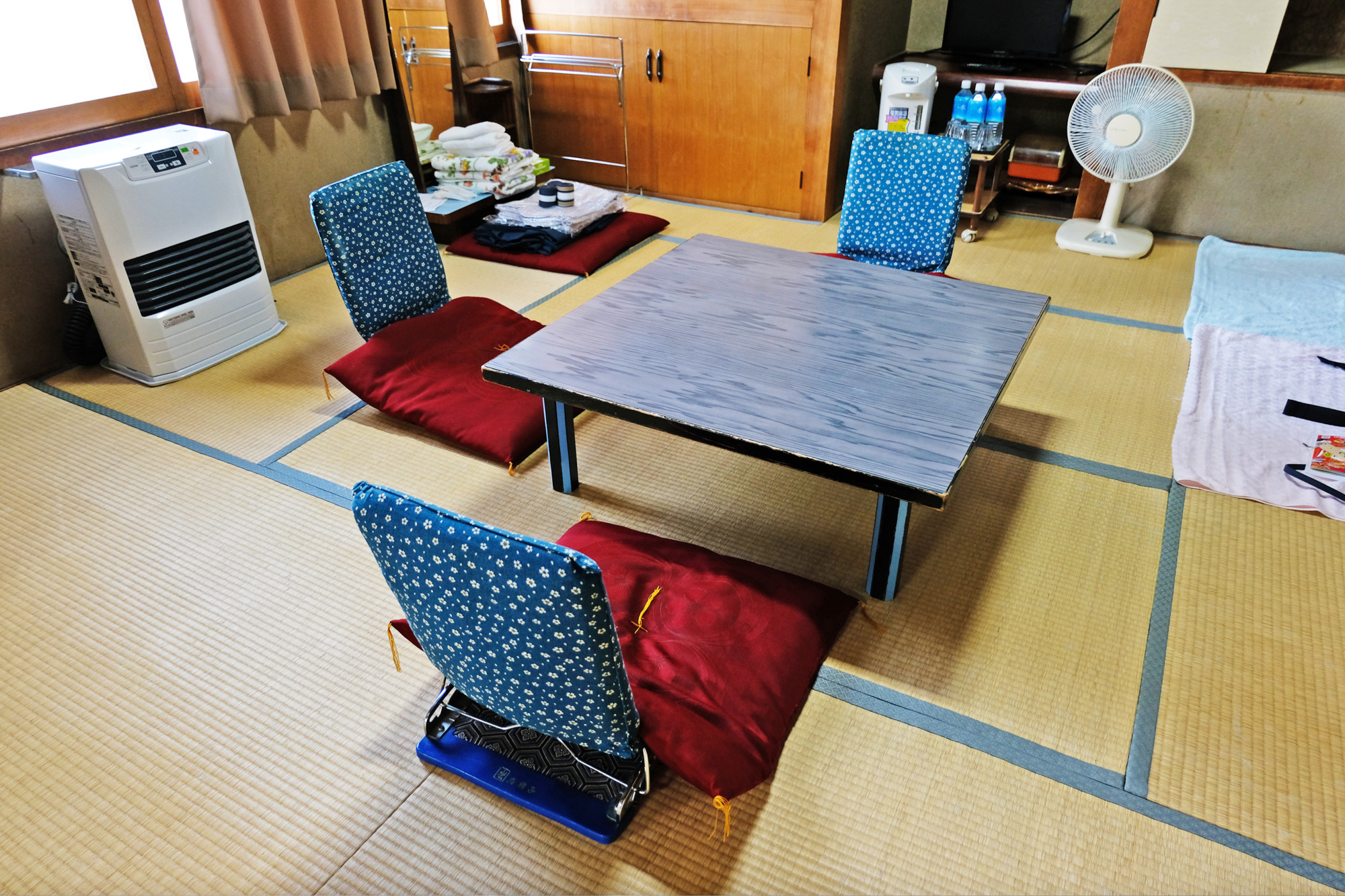
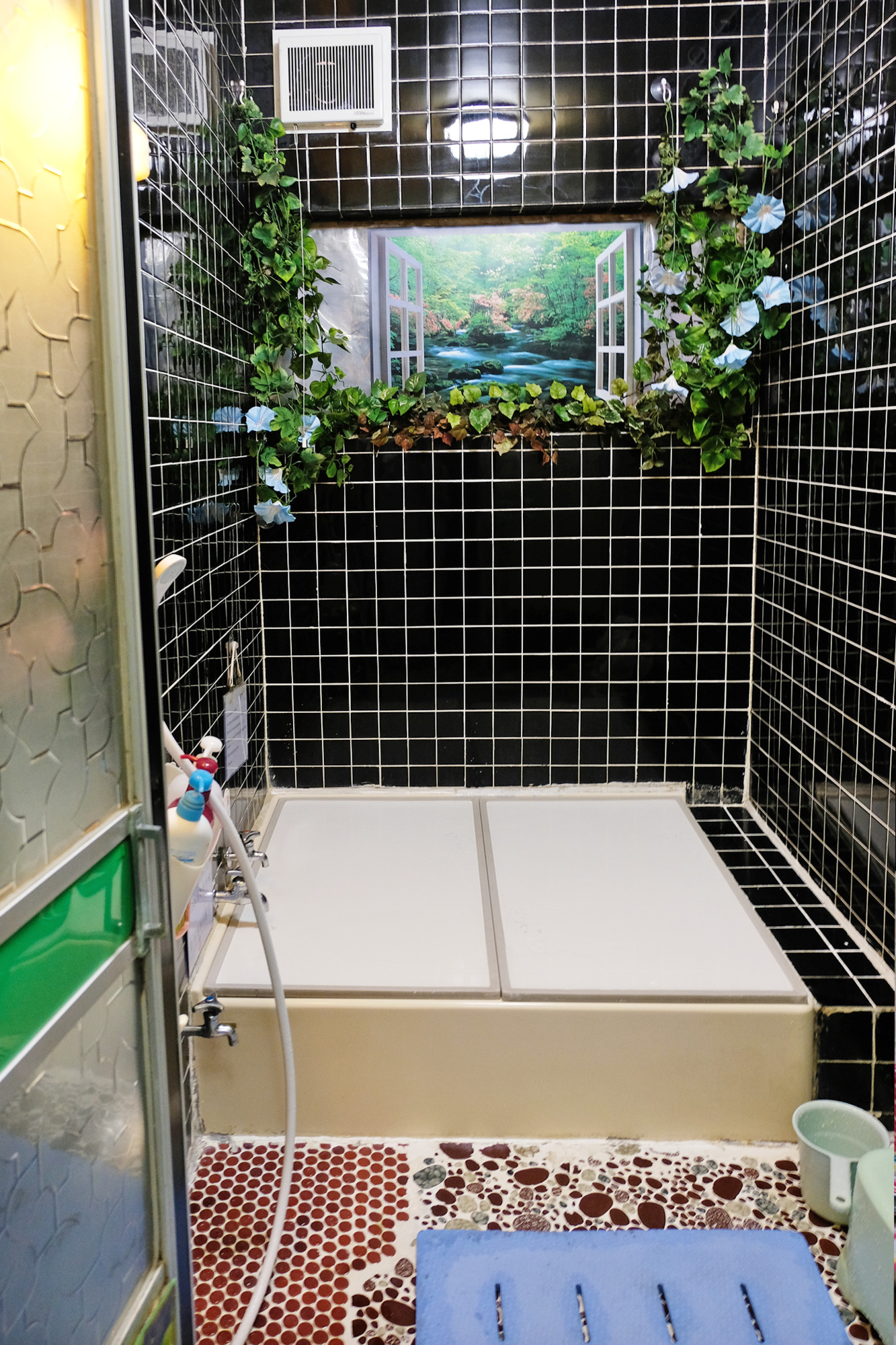
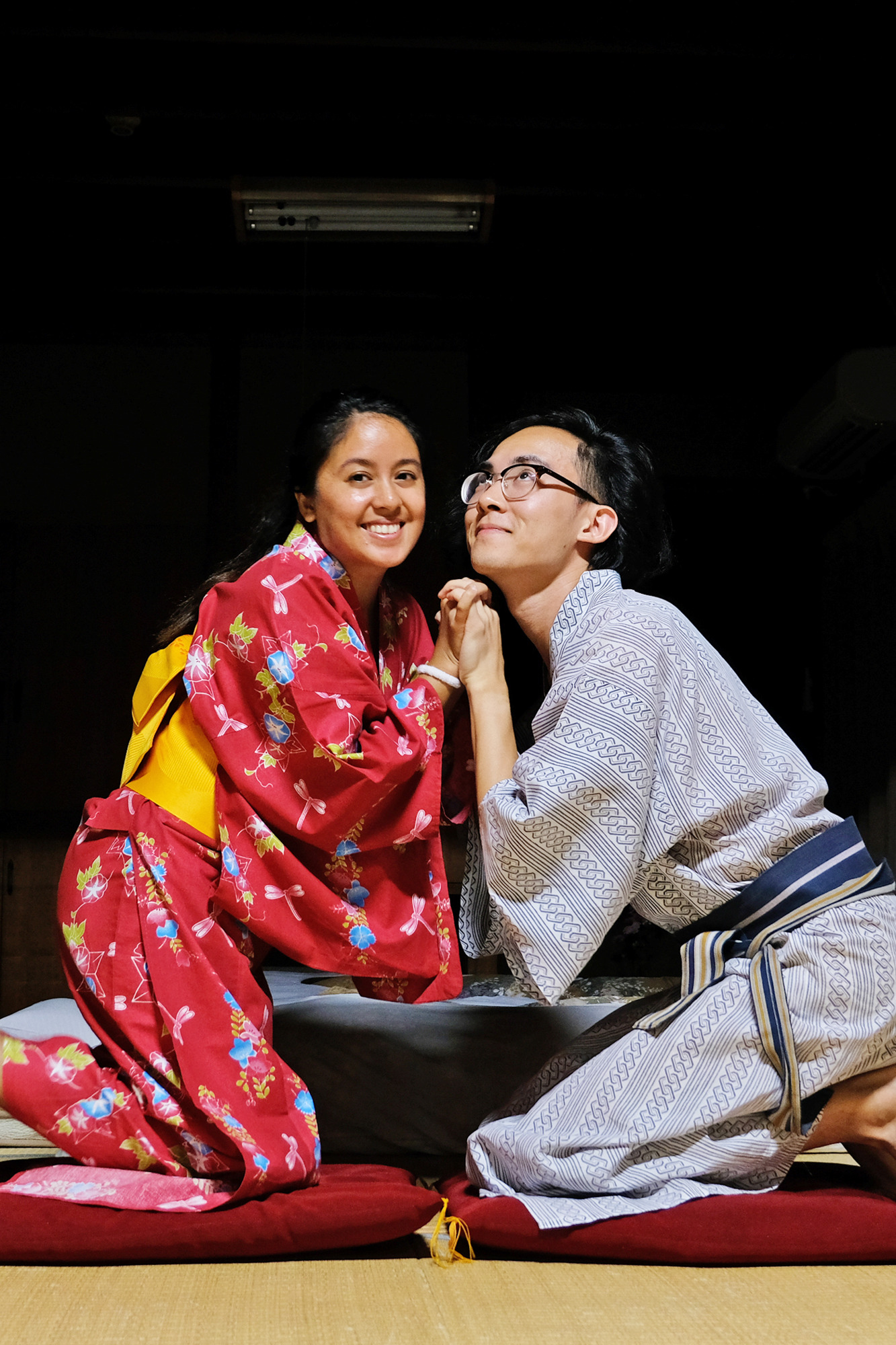
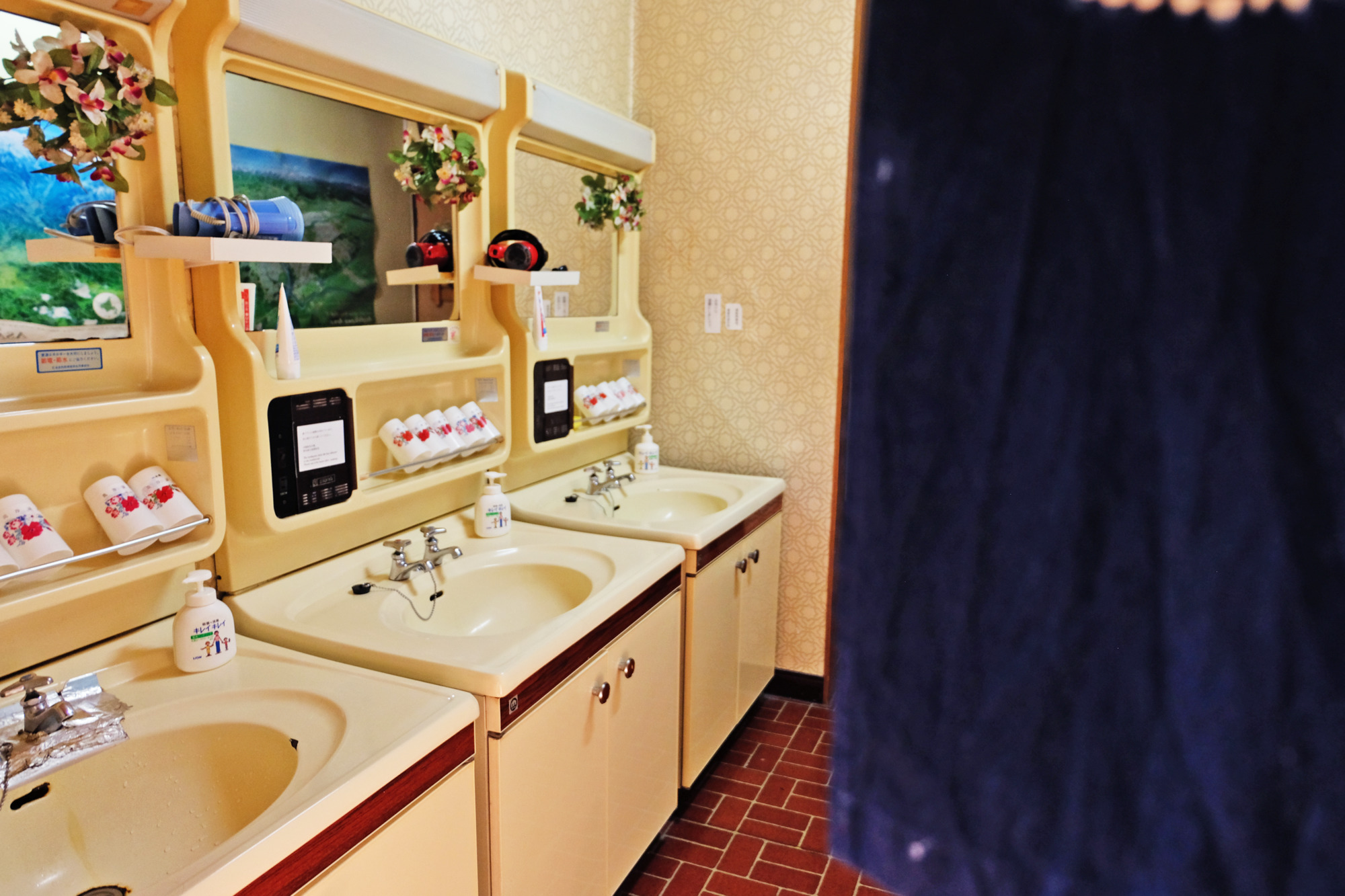
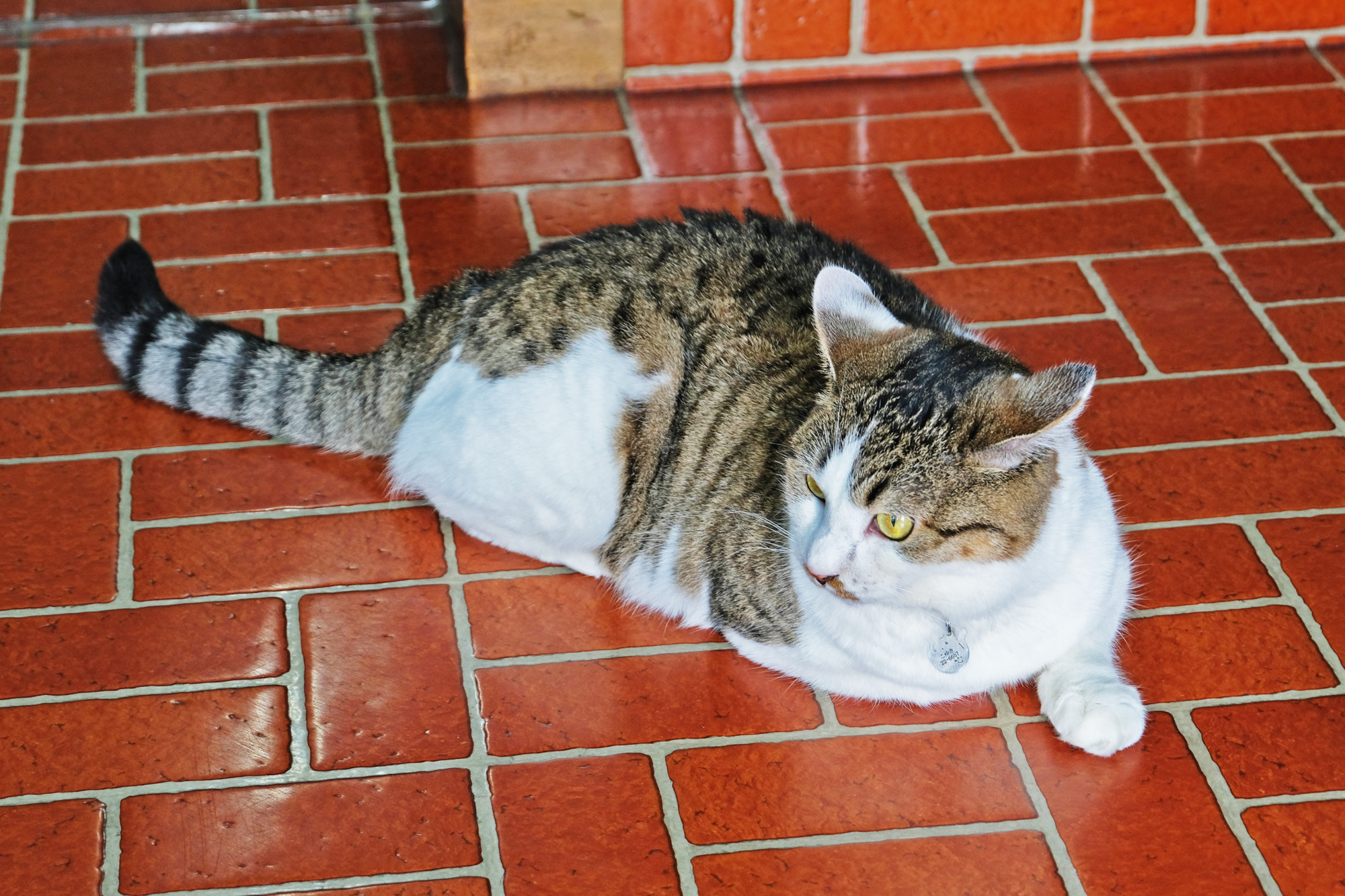
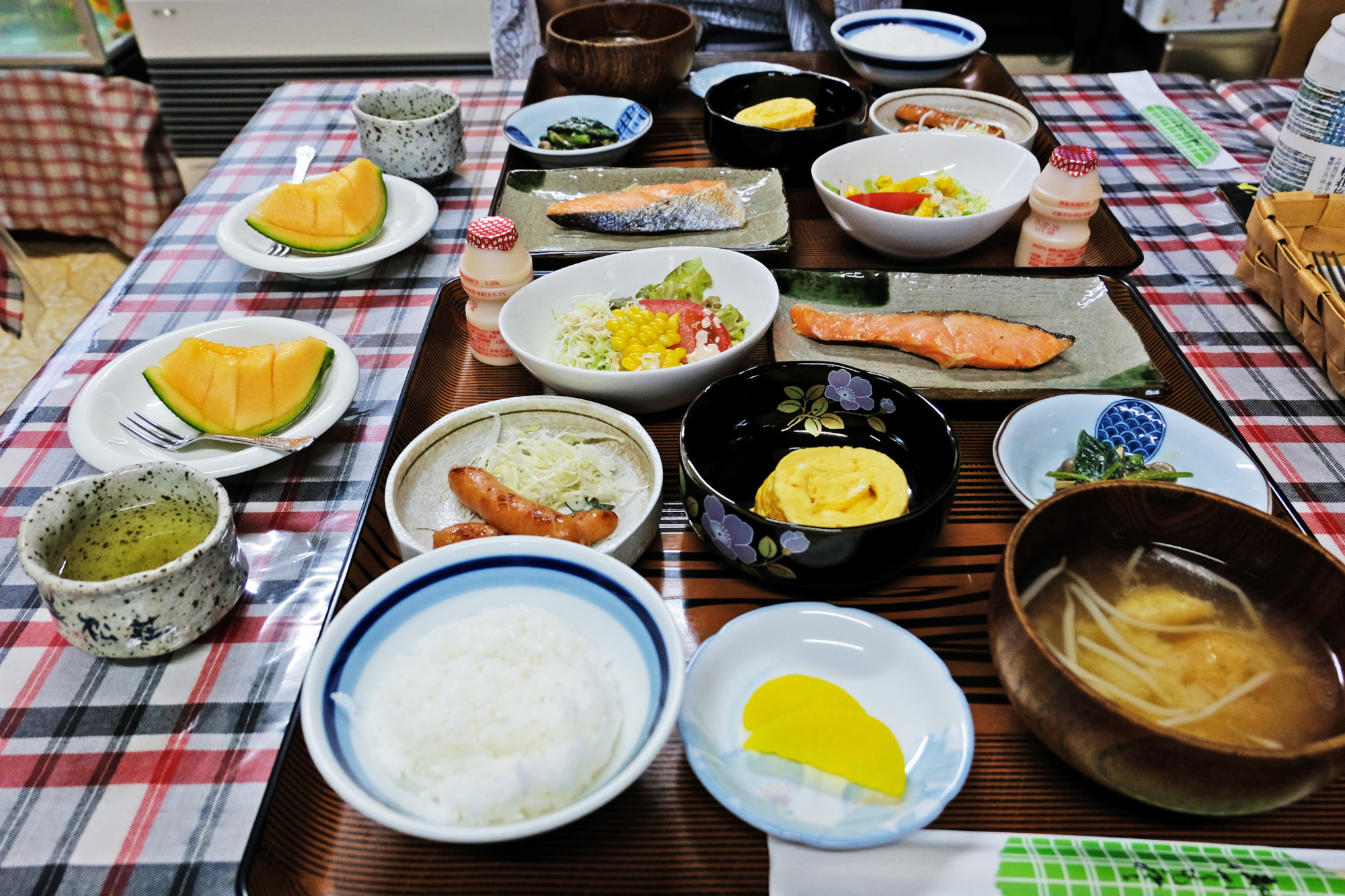
Mimatsuso is a curious little guesthouse located in the thick of downtown Asahikawa. The building’s teal exterior is like a homing beacon as you pull up and just one of many examples of the ryokan’s unique aesthetic personality. I’ll admit, I initially wanted to judge a book by its cover and was skeptical of Mimatsuso’s stellar reviews based on its somewhat dated exterior, but like many of the guesthouses we stayed at, Mimatsuso is also run by a kind, older couple that truly embody the spirit of hospitality. They took extra care in helping carry our bags to our room (despite my protests) and making sure we were able to access their free parking spot. We booked the ryokan’s spacious private bedroom with living room that can accommodate up to three people, which made for a nice dual live/work space. In the evenings I took up the host on her offer of trying on a kimono with her assistance, and in the morning we enjoyed a vast and varied breakfast spread— perhaps my favorite breakfast out of those provided at places we stayed in Hokkaido.
The guestrooms at Mimatsuso Ryokan are all on the second floor and require going up a flight of stairs.
Koshimizu (near Bihoro & Abashiri)
Tida House ティダハウス $114/Night
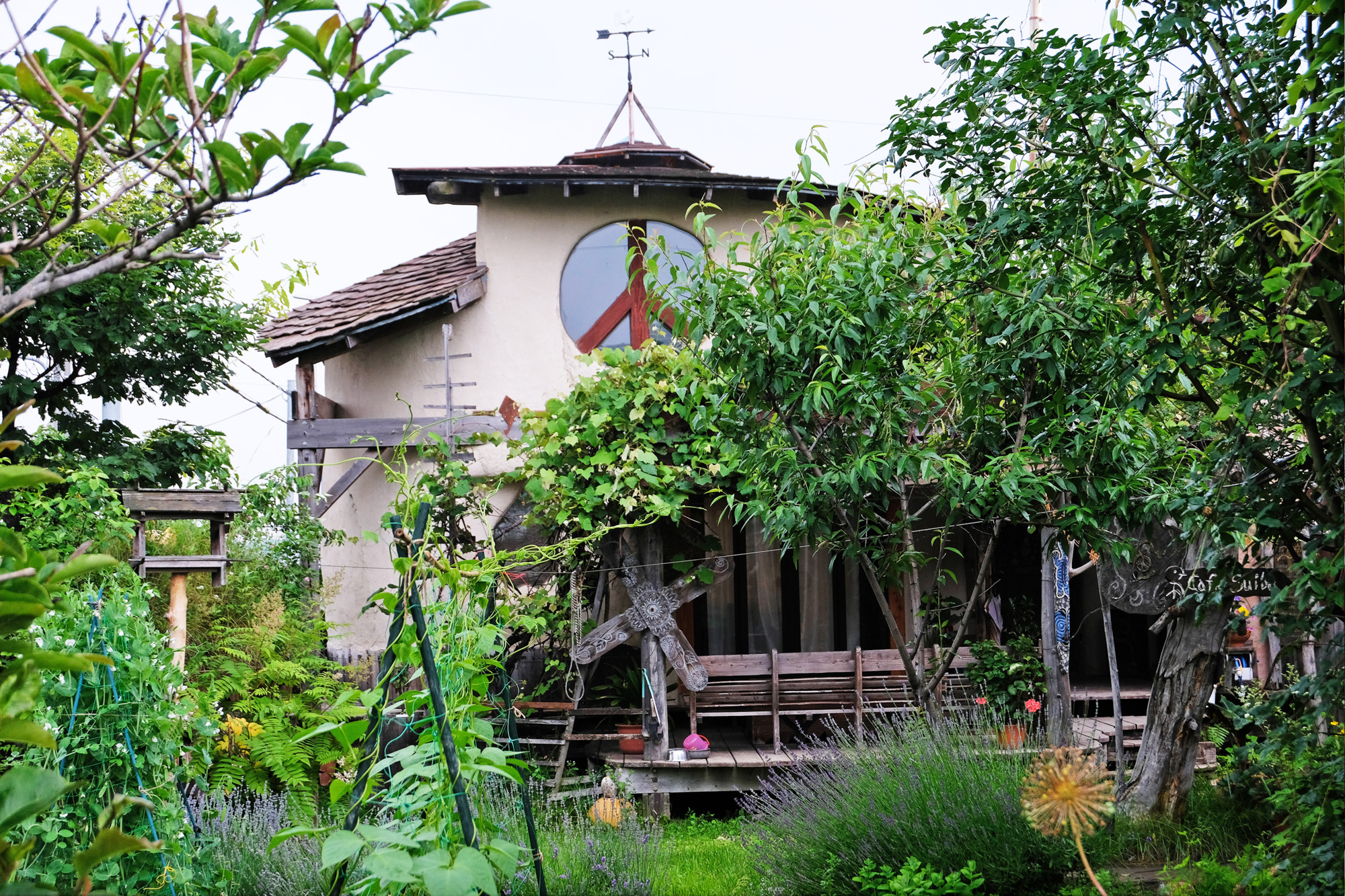
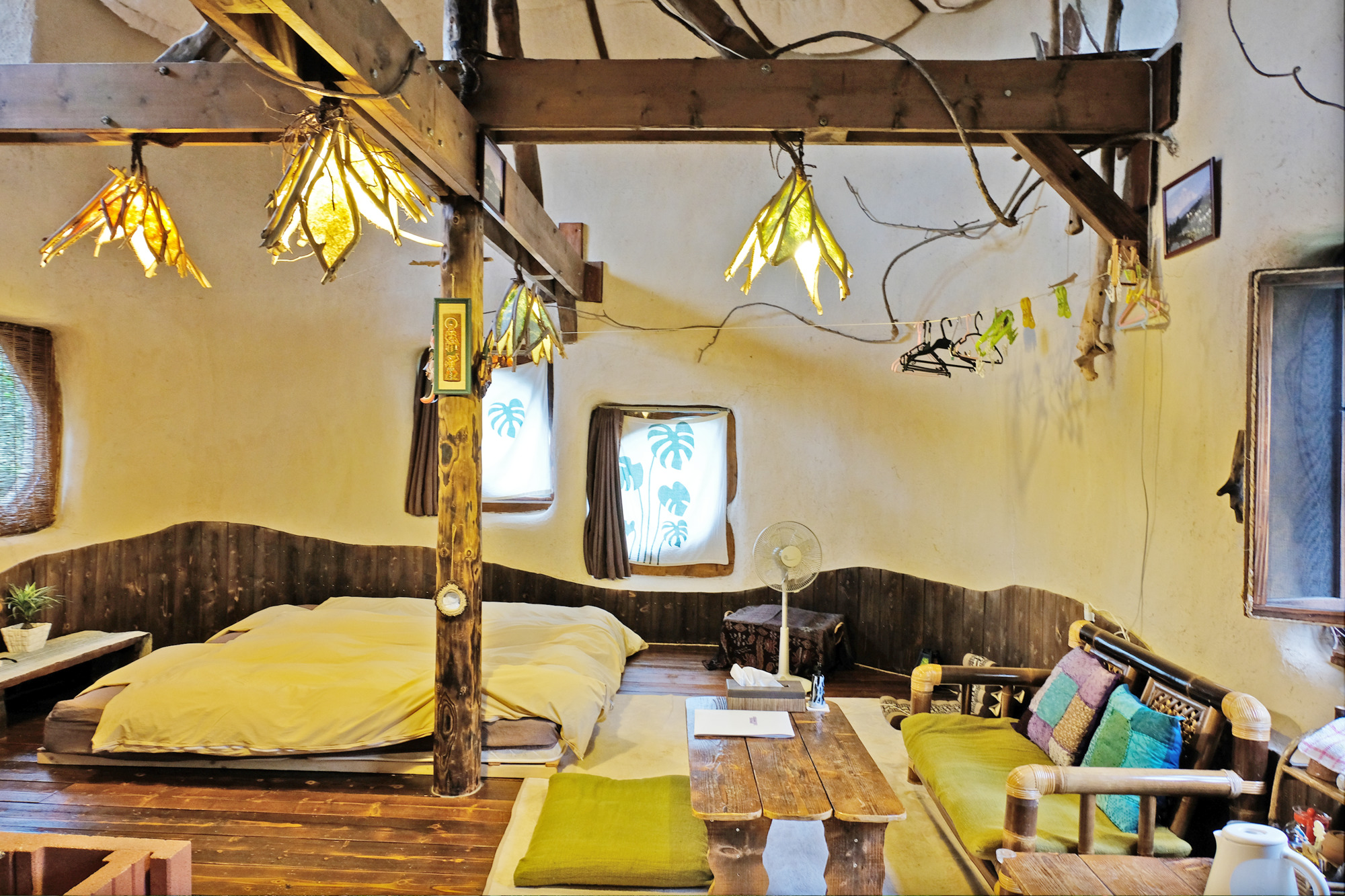
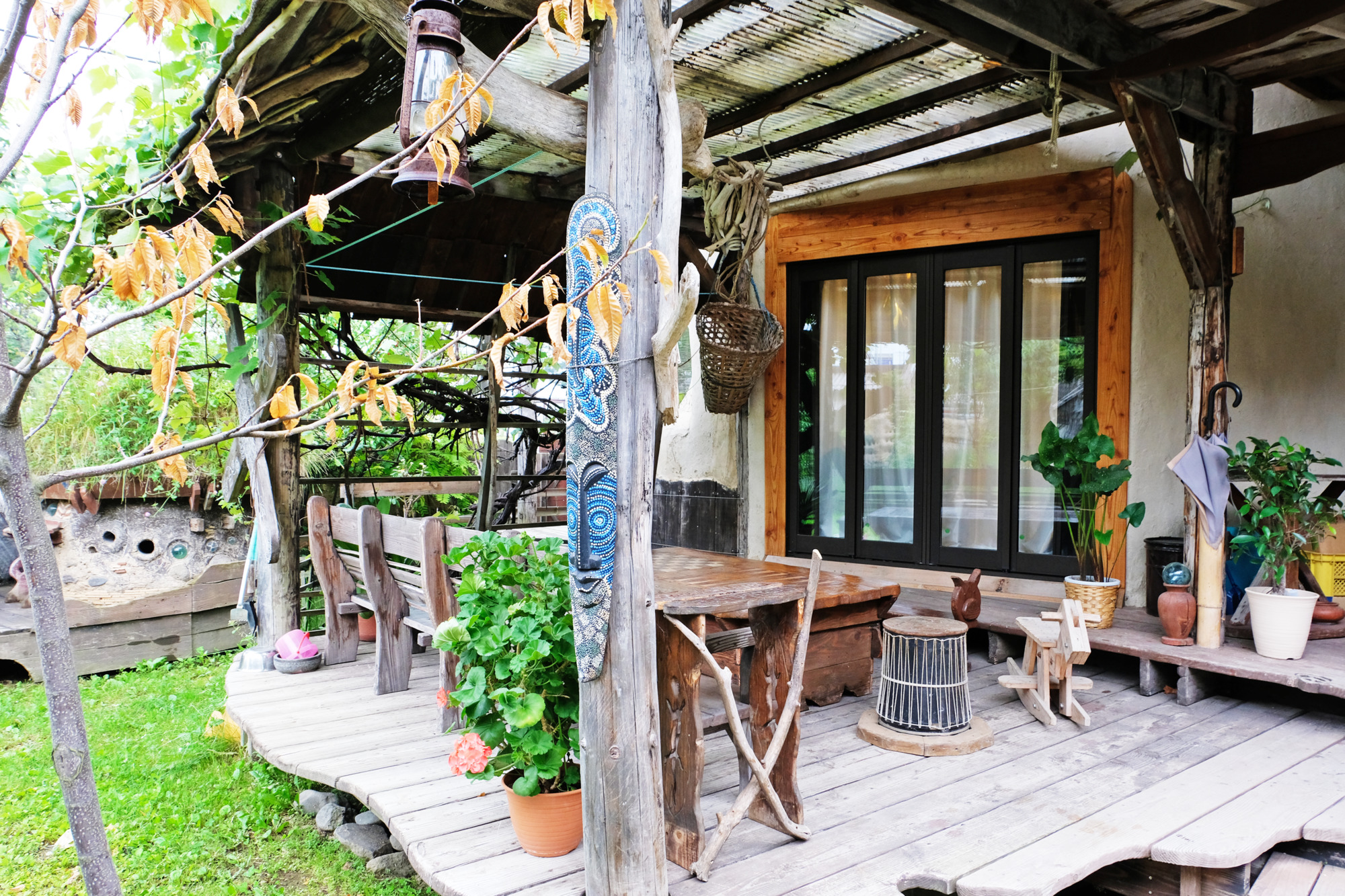
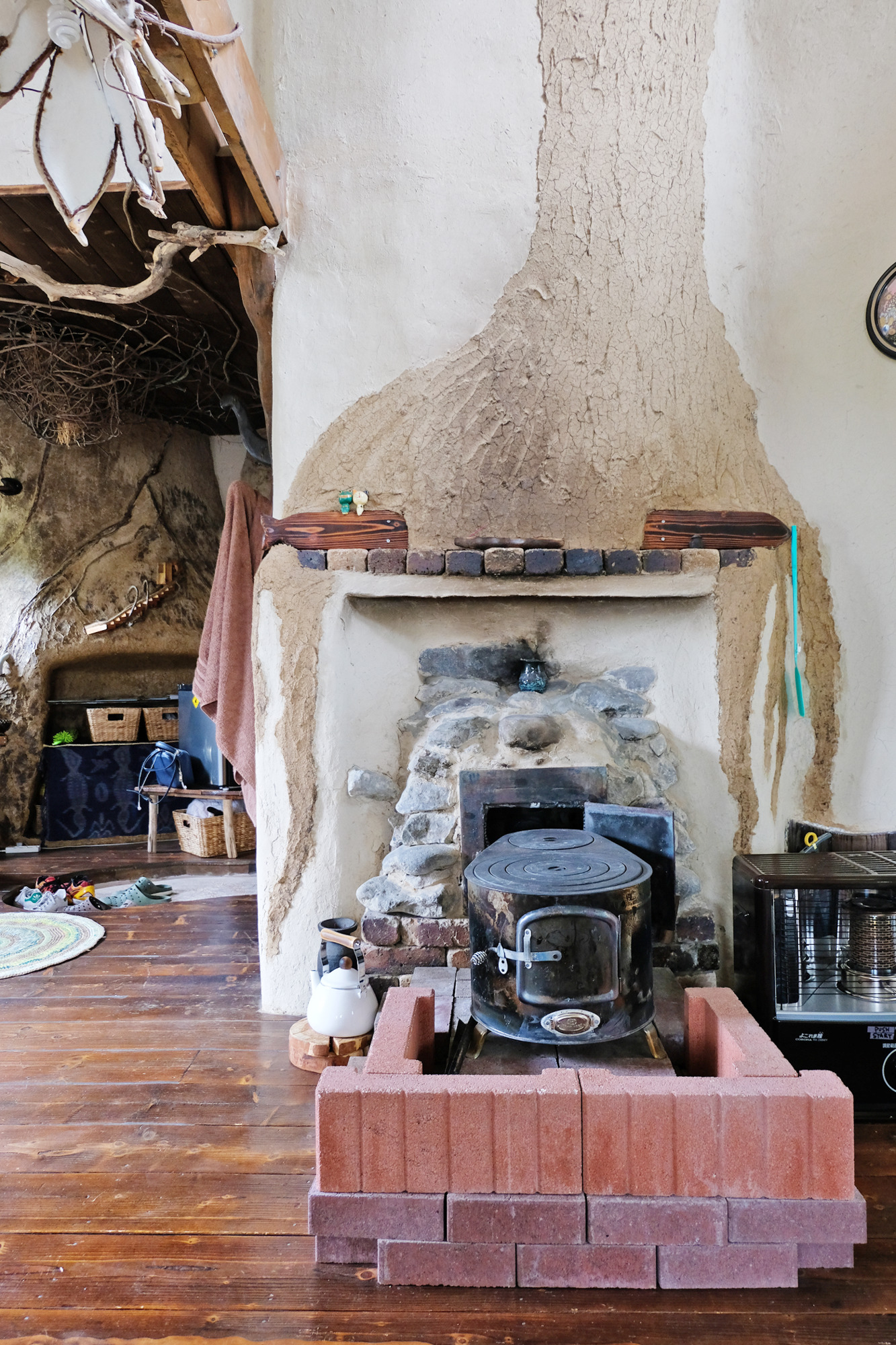
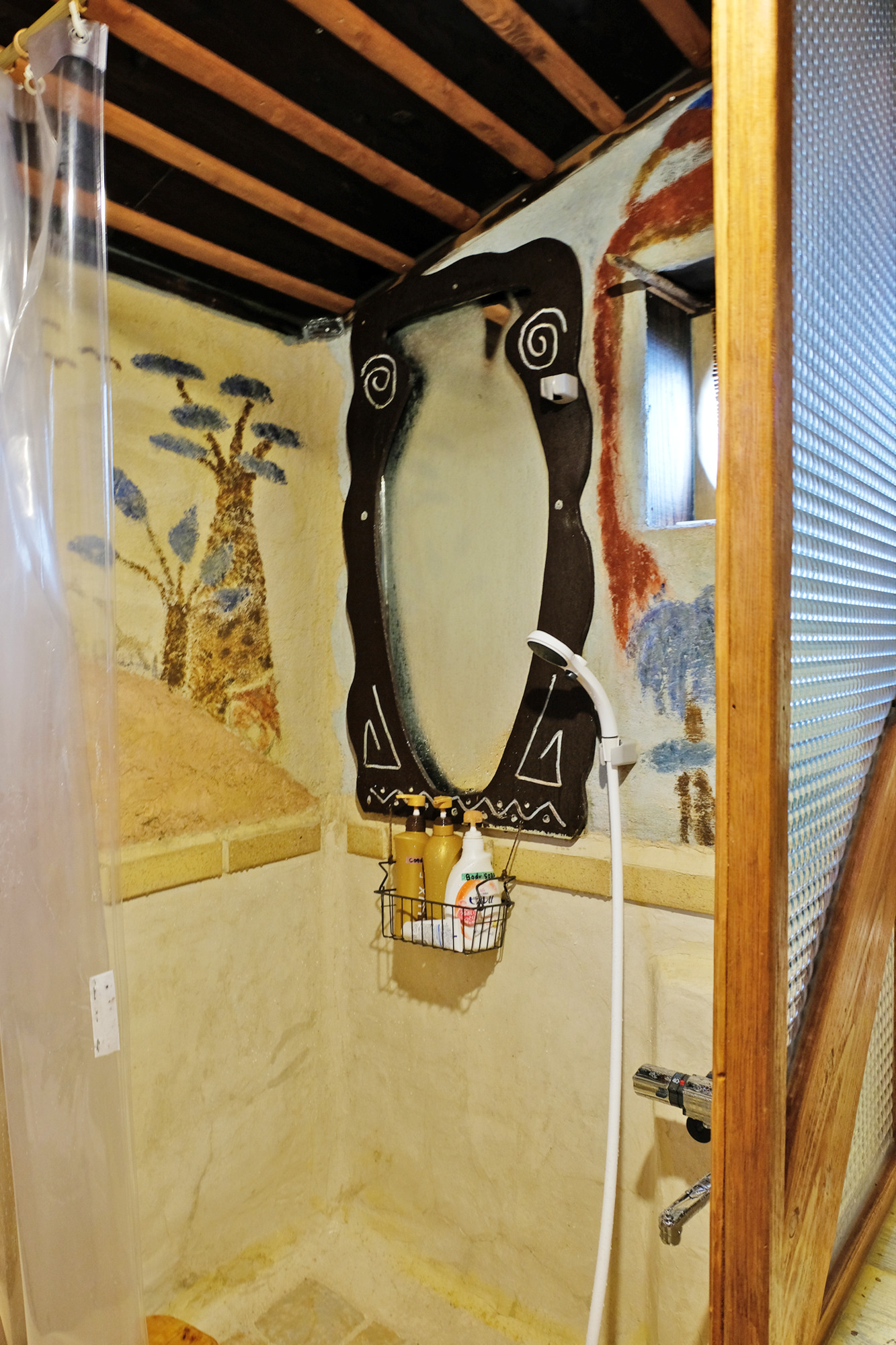
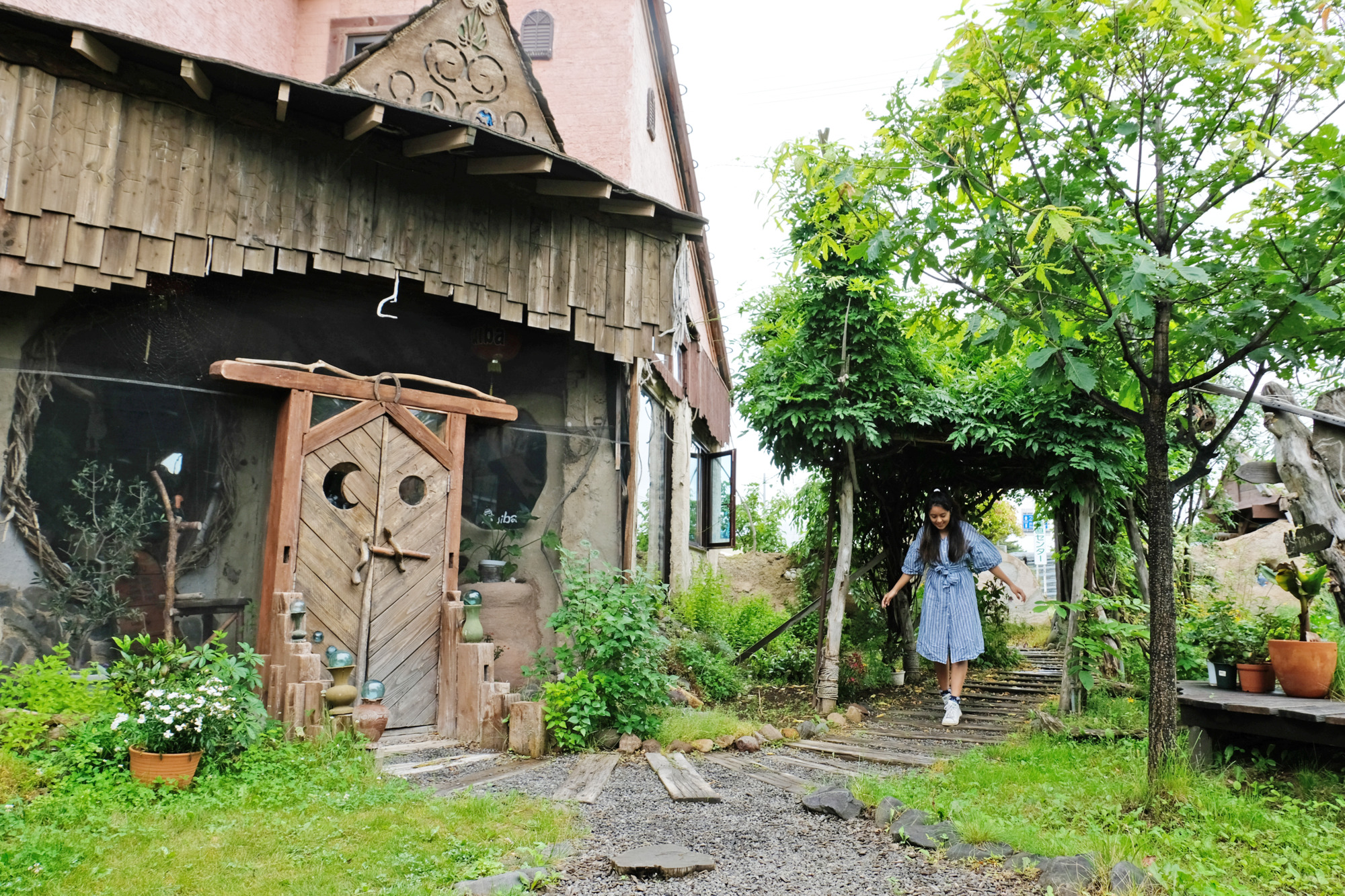
Of all the places we stayed, I probably had the lowest expectations for Tida House. You see, I just really needed to find a place for us to spend the night in one of the most remote areas of Hokkaido we’d be traversing during our road trip, where the pickings were slim to say the least. It seemed like a miracle that I found this highly rated Airbnb, even if it was located in a small town an extra thirty minutes out of the way. The thing about low expectations though is that they can easily be surpassed and well, in the end Tida House was not only my favorite place we stayed in Hokkaido, but perhaps one of my top Airbnb experiences ever.
Tida House, as it’s called, is a straw-bale home that the host, Yuya, built himself with the help of his friends. The mud-walls which are insulated with hay keep the home cool in the summer months and warm during the winter. The place itself is absolutely whimsical— there are so many charming little nooks and details, like a light switch hiding behind a tiny tree-shaped door. There are also peace signs a plenty strewn throughout the property— big ones and small ones alike. Finding them all would be a fun game to play. The cozy home is also sort of an aesthetic amalgamation of the host’s travels throughout Asia. The pan-Asian thing can easily come across tacky or surface level in the wrong hands but here it feels genuine and truly appreciative. In that vein, Yuya also owns a pan-Asian cafe located on the same lot as Tida House, however the cafe was currently closed for the season when we visited as Yuya is working on building a larger guesthouse during the summer months.
As the cherry on top of our unexpected ice-cream sundae, Yuya informed us that on the day we checked out there was going to be a town festival and that his cafe would have a booth there. We were excited to get to try his cooking after all, and also learn more about this little town. Turns out the festival was in celebration of Koshimizu’s prime produce— potatoes. We had some amazing fried potatoes that were golden and sweet, cementing Koshimizu as one of the highlights of our trip.
There is an unpaved path to the entrance of Tida House, in addition to a few steps.
Kushiro
Guesthouse Cocka-Doodle-Doo $63/Night
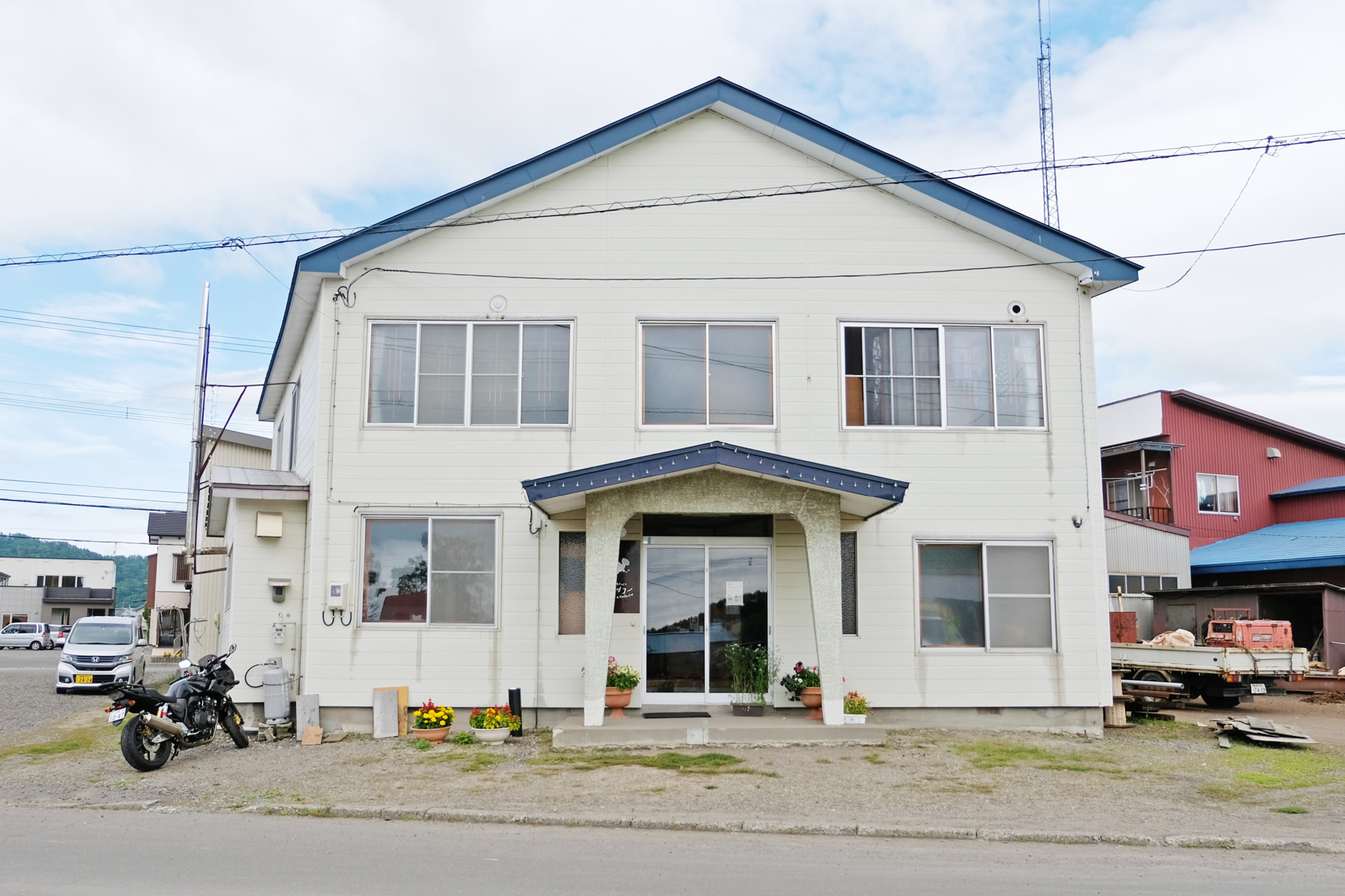
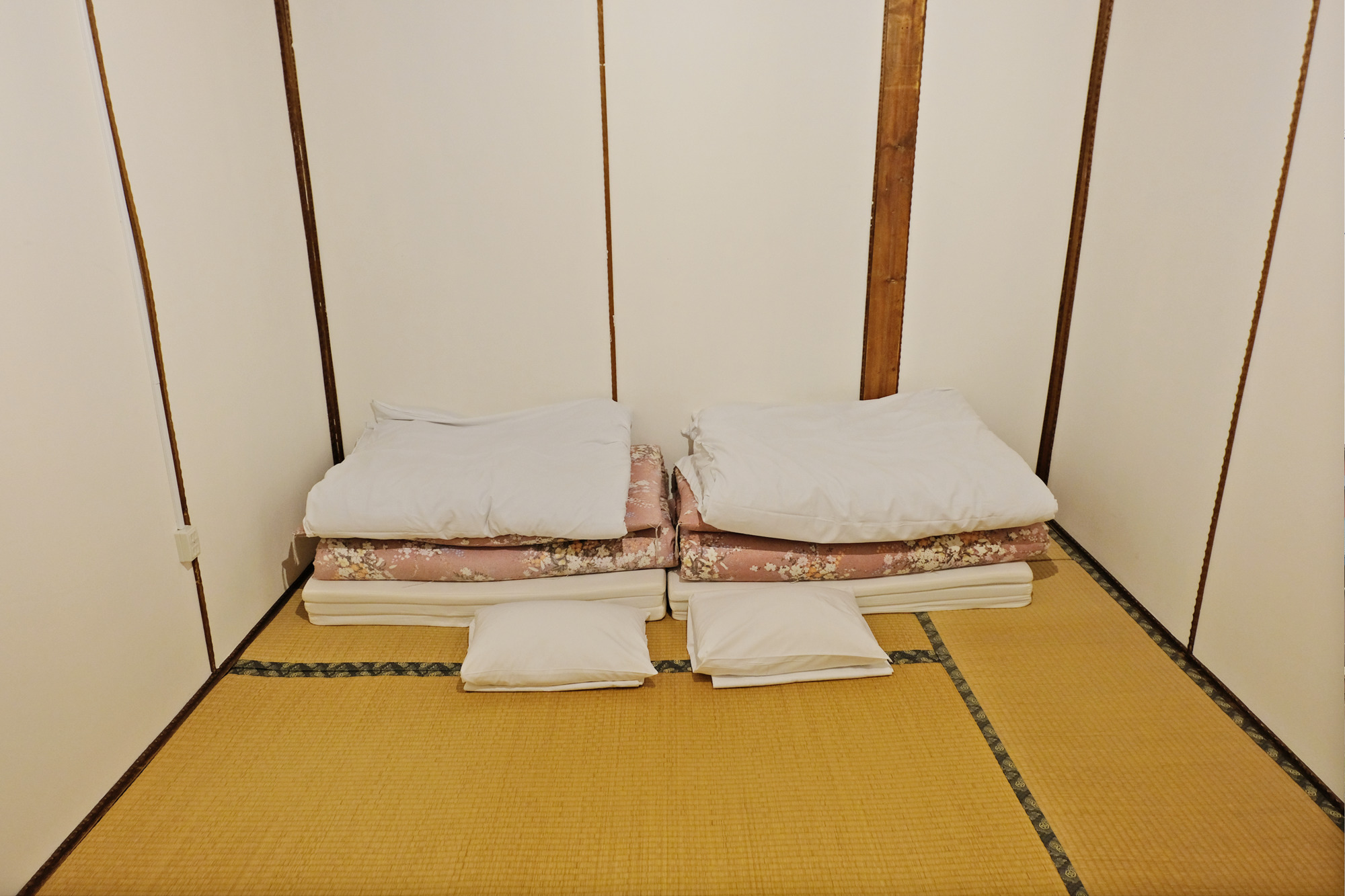
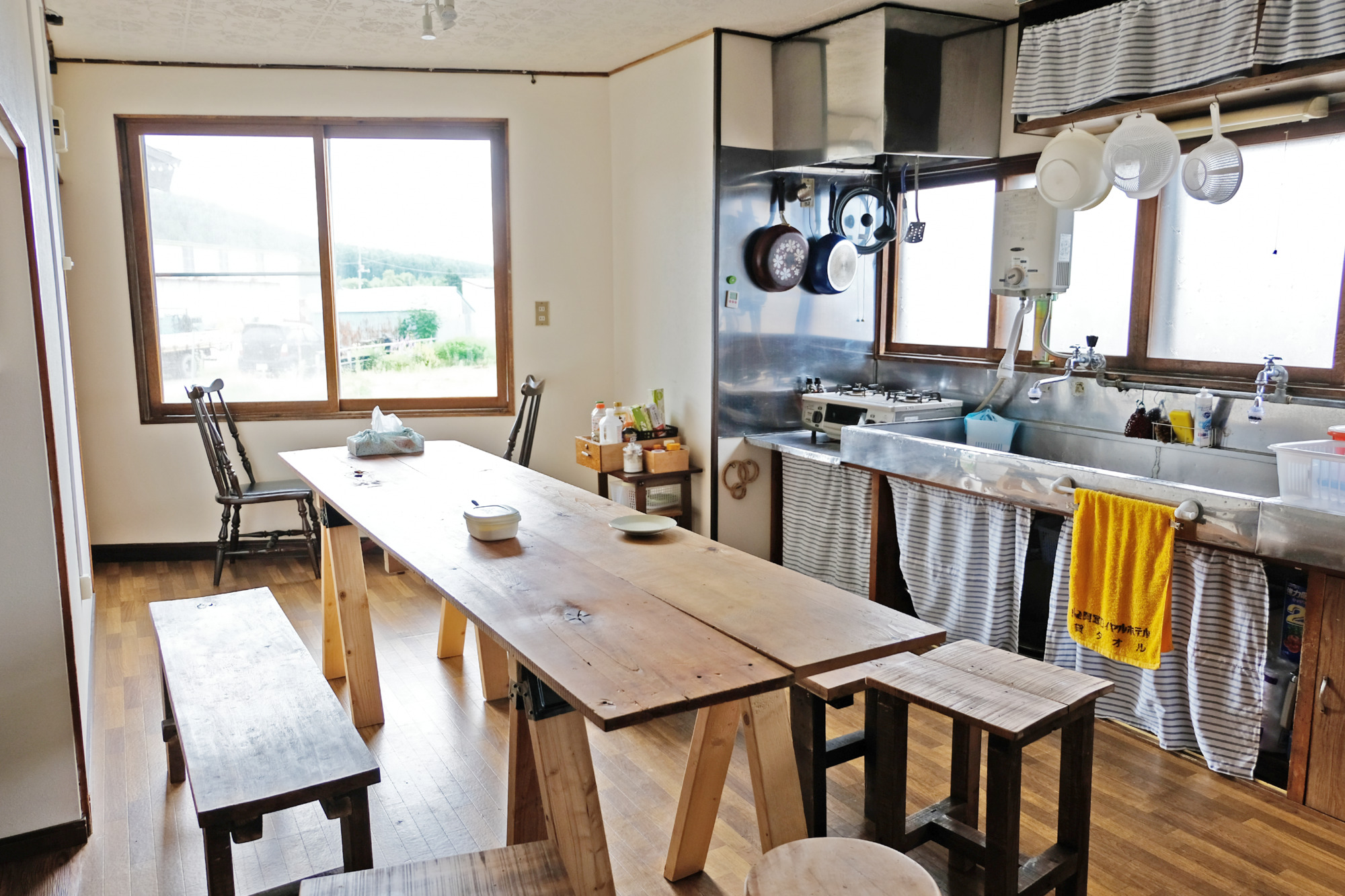
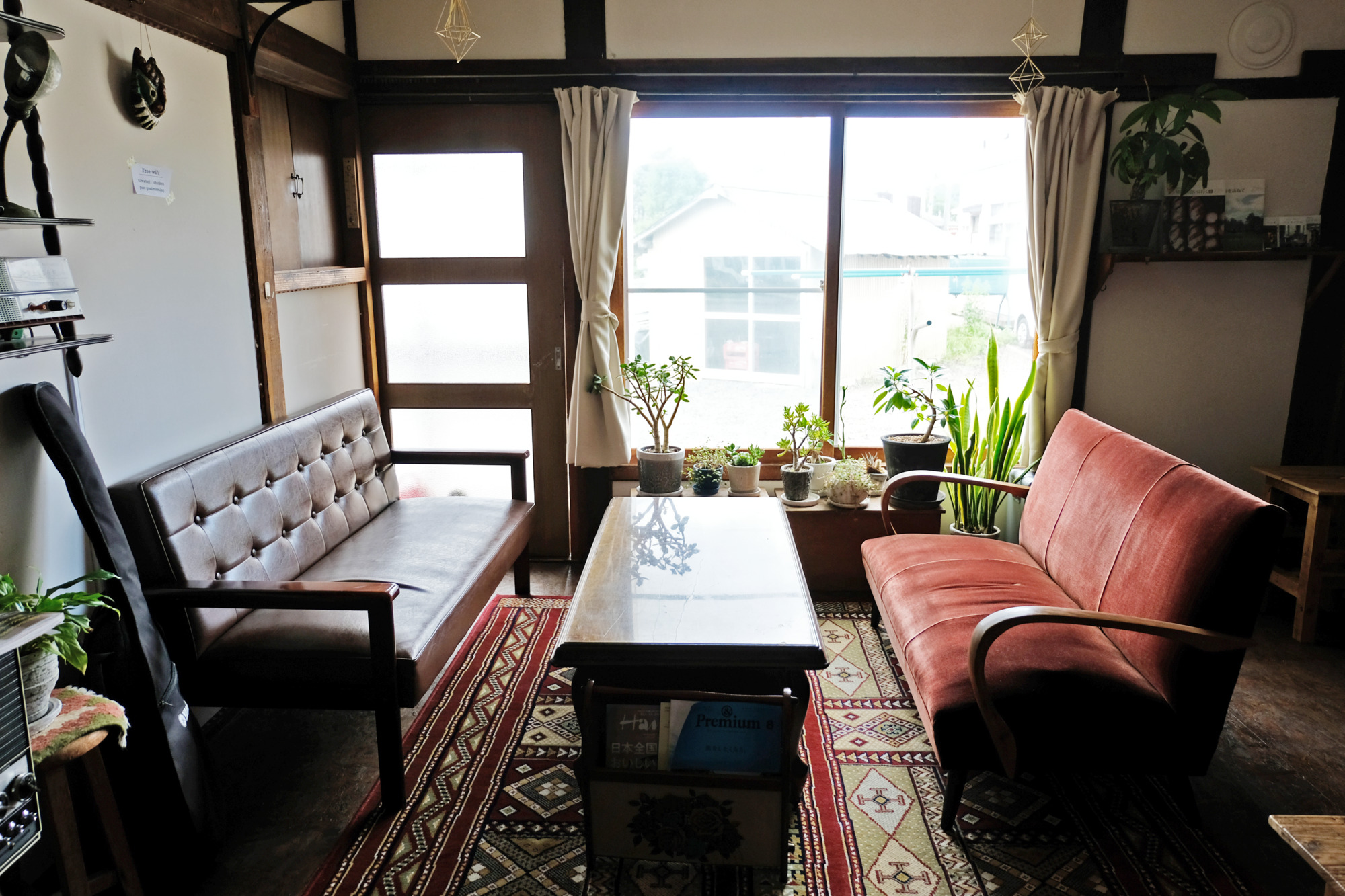
After a day spent driving around and exploring Akan National Park, we needed somewhere to spend the night in preparation for a long drive back across to the west side of the island. While I was initially looking to stay near Lake Akan, the options were all limited to relatively price-y lake resorts and onsens. Knowing our next stop was going to be the more famous onsen-town of Noboribetsu anyway, I ended up finding this humble little guesthouse about thirty minutes south of Lake Akan, towards the city of Kushiro. Cock-a-doodle-doo (or Koke Kokko in Japanese) is a relatively new guesthouse that’s been open for about a year and is run by two young women about our age— quite the contrast from the other guesthouses we stayed in. They converted a fifty year old building into the inn, which is quite simple and minimal in its decor but charming nonetheless. We stayed in a private, traditional Japanese style room with tatami mats, though they also have hostel-style shared rooms available for even less. The guesthouse also has an array of interesting crafts and vintage items for sale. I ended up buying a vintage set of Nintendo’s hanafuda playing cards from them for about $6.
The guestrooms at Cocka-Doodle-Doo are all on the second floor and require going up a flight of stairs.
Noboribetsu
Morinoyu Sanseikan Ryokan $275/Night (Including Meals)
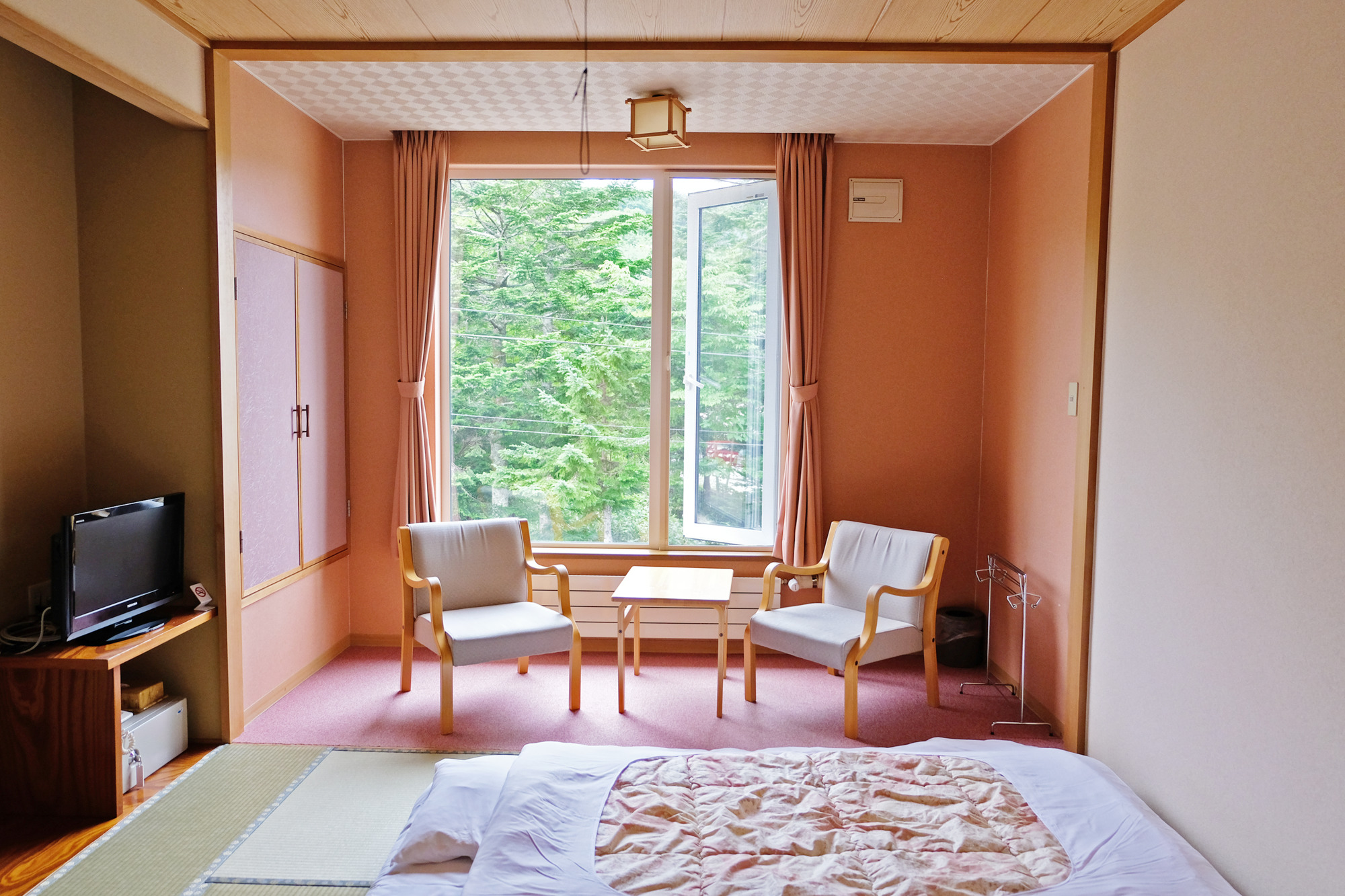
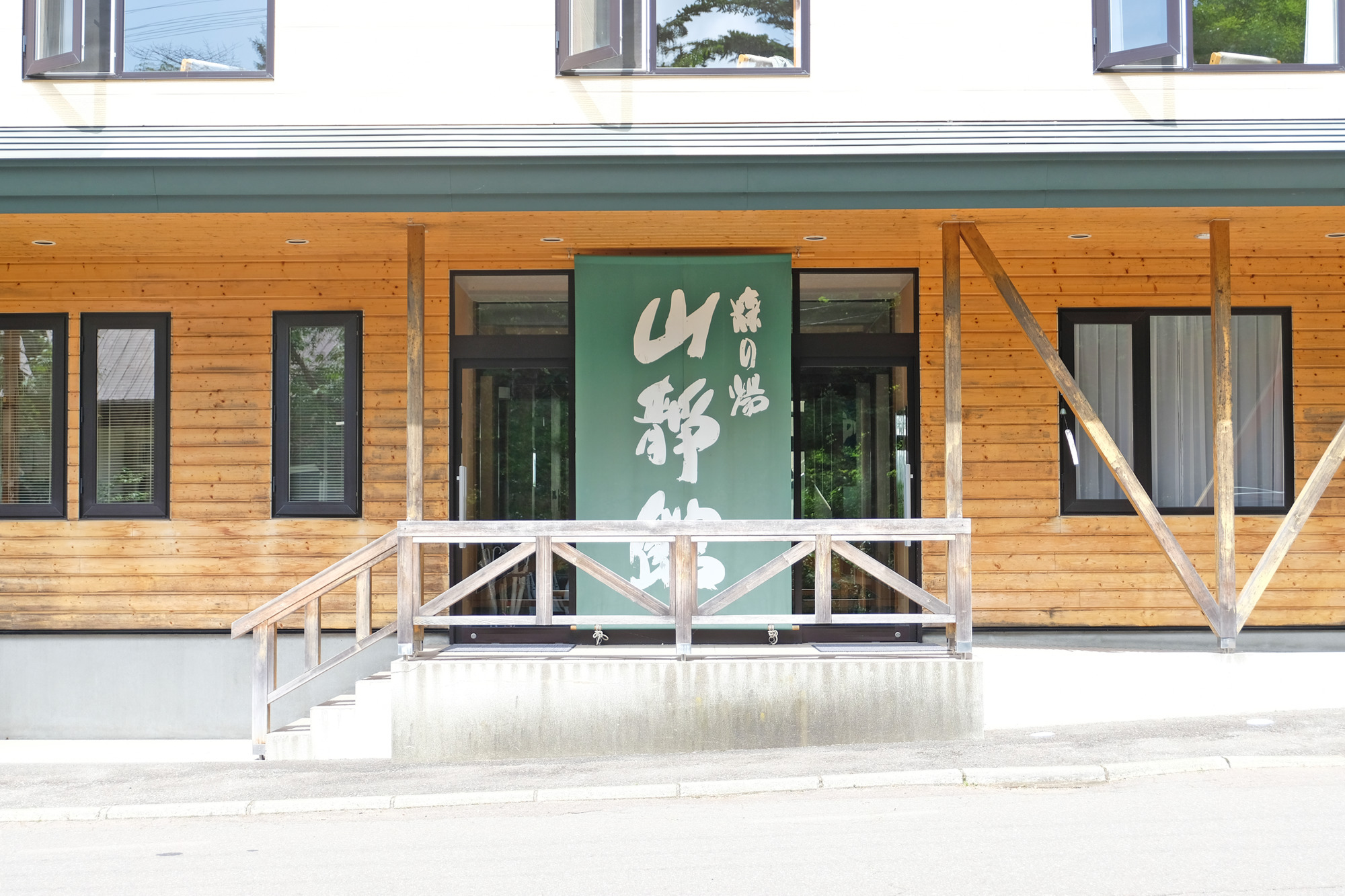
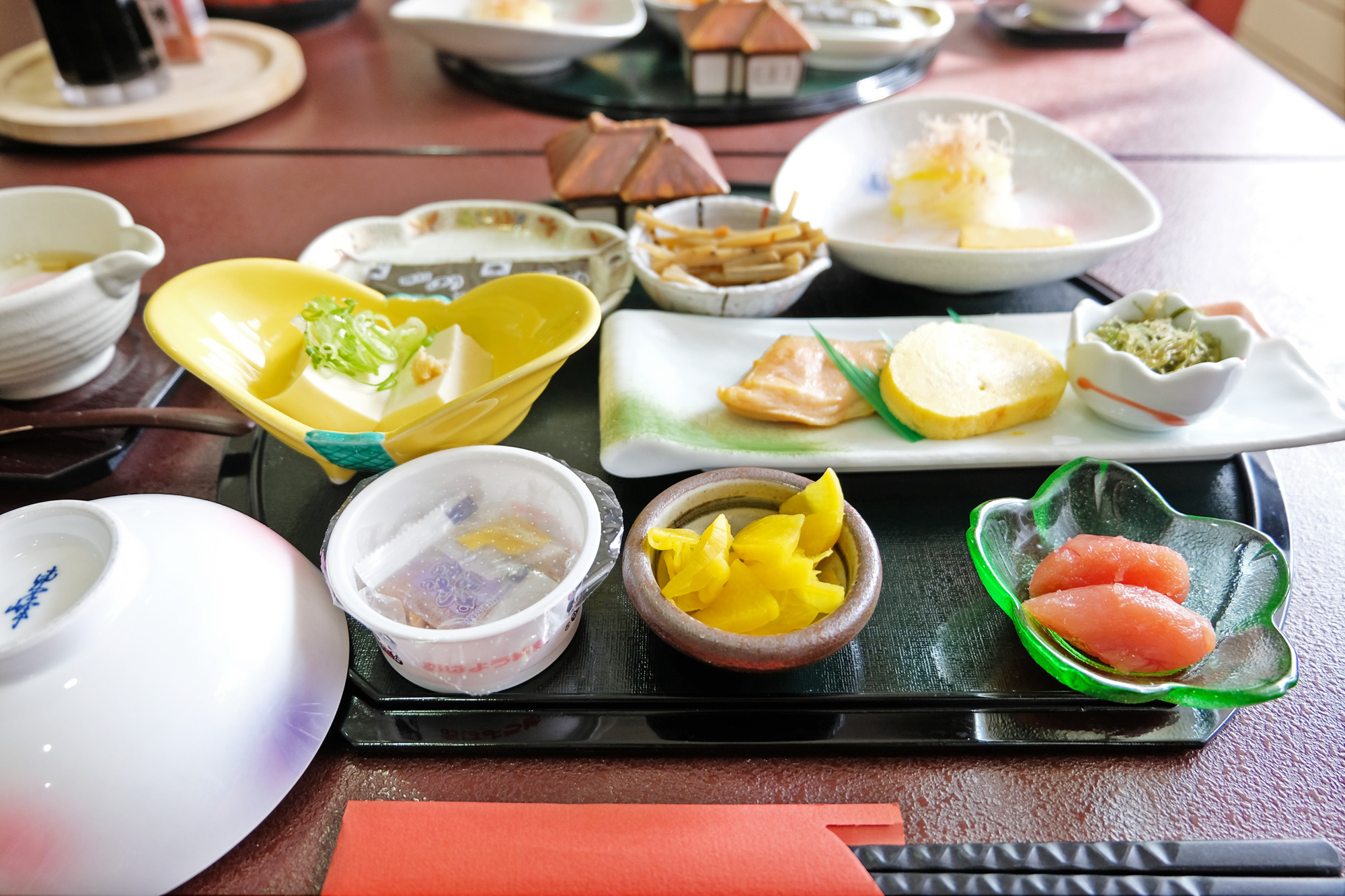
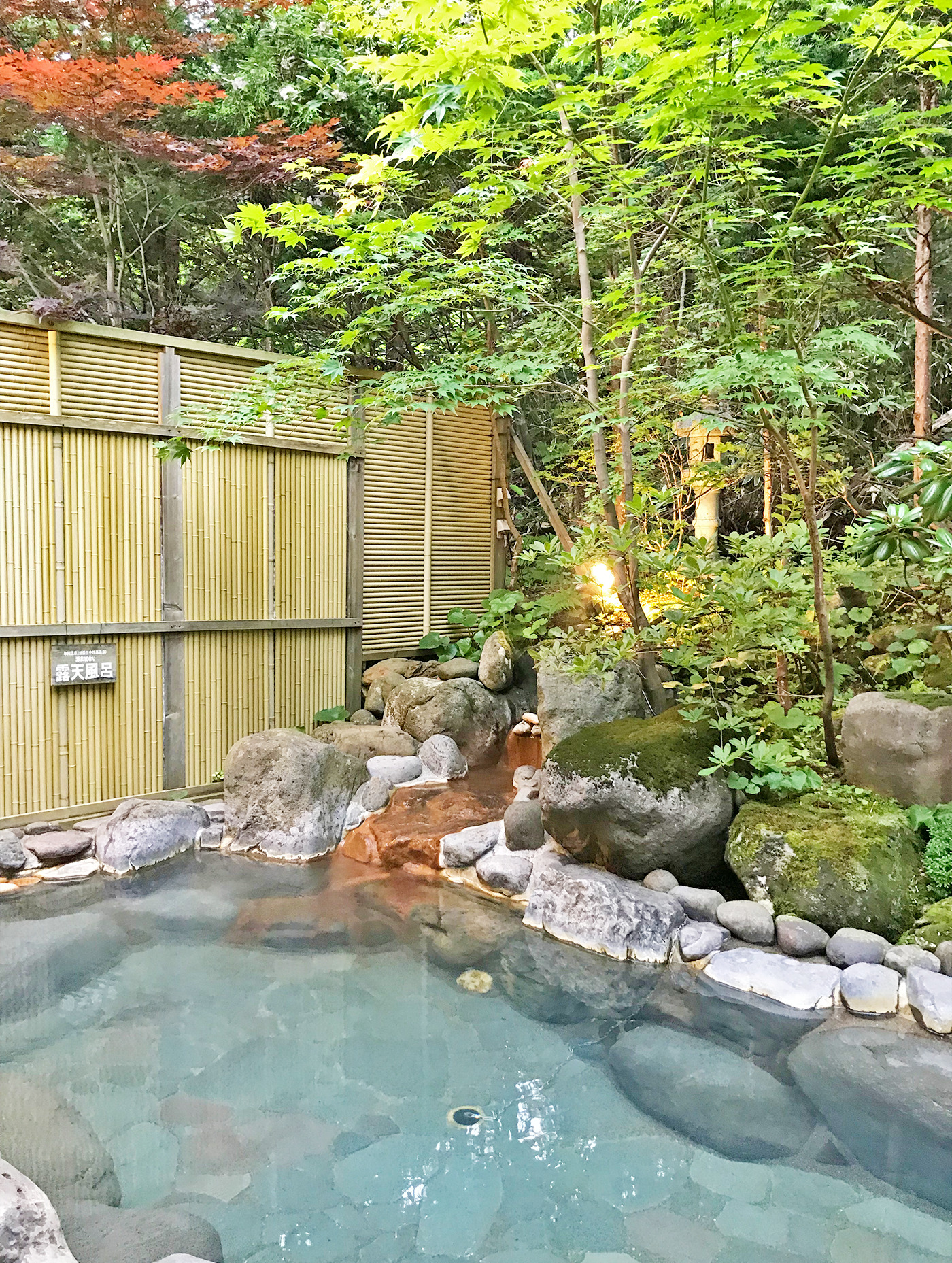
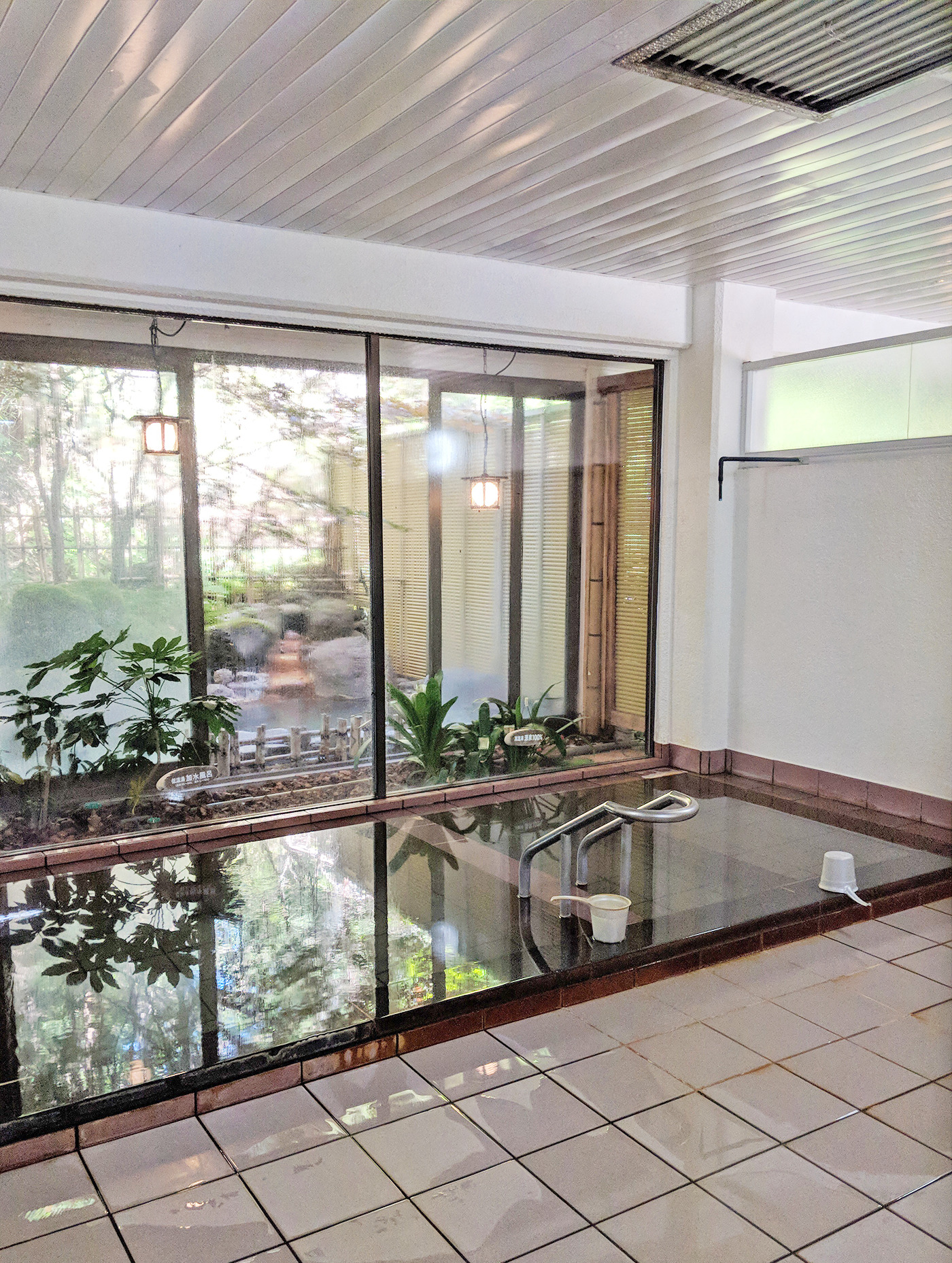
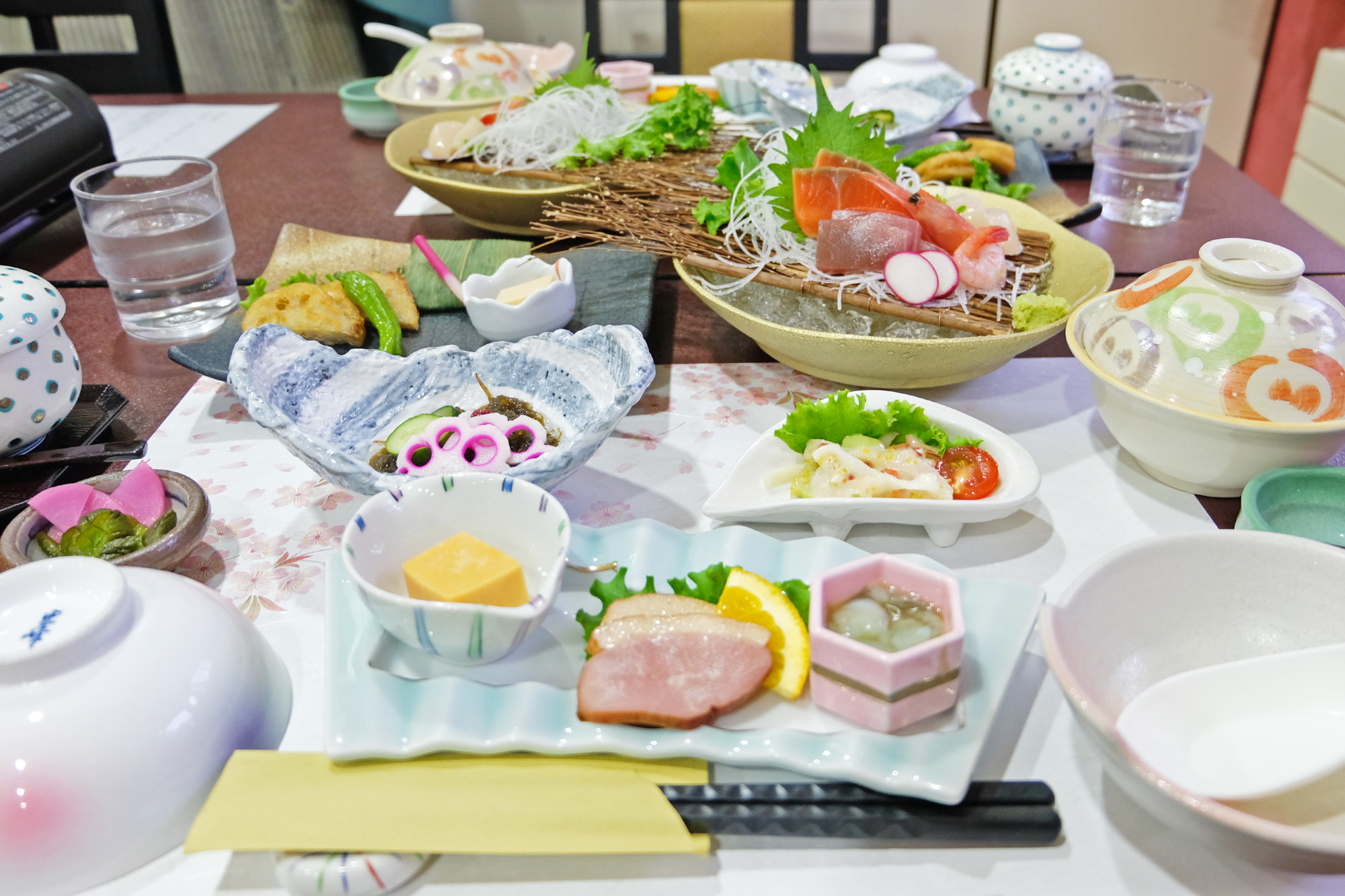
Noboribetsu was the perfect place to close out our roadtrip, soaking our tired bodies in a warm bath at this famous onsen town. Morinoyu was the most expensive place we stayed in Hokkaido, in part because of the intense dinner and breakfast spreads we added on to our reservation in addition to the room and board. When I was looking for a place to stay in Noboribetsu it came down to Morinoyu Sanseikan or the larger, more famous onsen-hotel of Dai-ichi Takimotokan. What pushed me over the edge was reading reviews that pointed out that due to Morinoyu’s more intimate size, no organized tours ever stay there (in contrast to Dai-ichi which is practically made to accomodate large groups) and it’s very likely that you can get the bath all to yourself in the summer season— and indeed, I did, otherwise it would’ve been impossible to sneak a photo of the gorgeous outdoor bath. Sitting out there in solace, taking in the contrast of the cold night air on my face and toasty waters everywhere else was simply put, an amazing feeling which put me totally at peace.
The dinner and breakfast spreads at Morinoyu were freaking huge— filled with things that were both delicious and things that challenged me. I consider myself a very open-minded and adventurous eater but there’s only so many raw, slippery things I can eat in one sitting. I really appreciate the opportunity to be able to try so many new things though, and though the meals are pricey they were well worth it to me for their portion size and authenticity.
There are a few short steps to the entrance of Morinoyu, however there are ramps inside for access to the upper floors.
I hope that you found this guide to lodging in Hokkaido helpful. If you appreciate our recommendations, please use our provided links to book your lodging in Hokkaido— or anywhere else in the world! The Innbox may collect a small commission from each booking at no extra cost to you.
